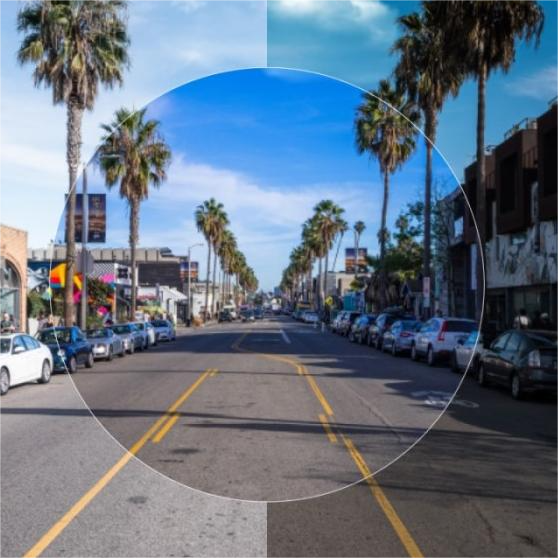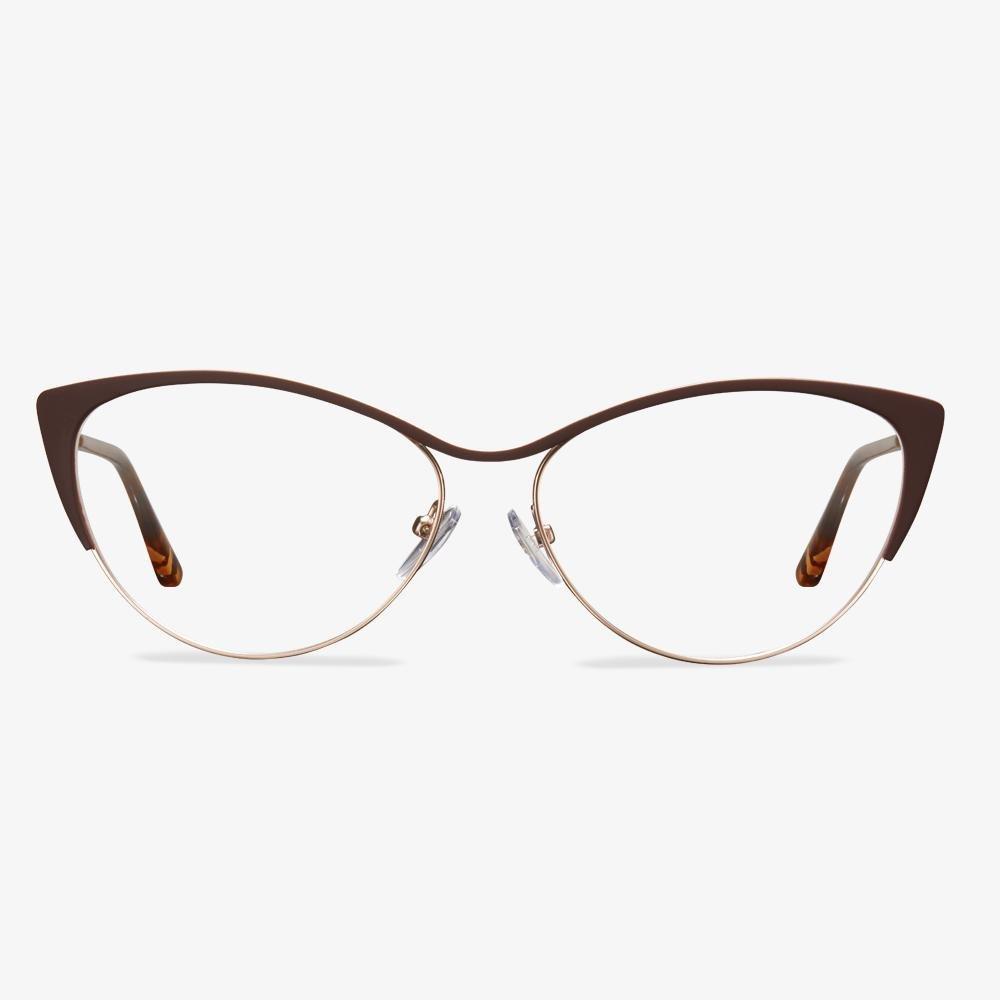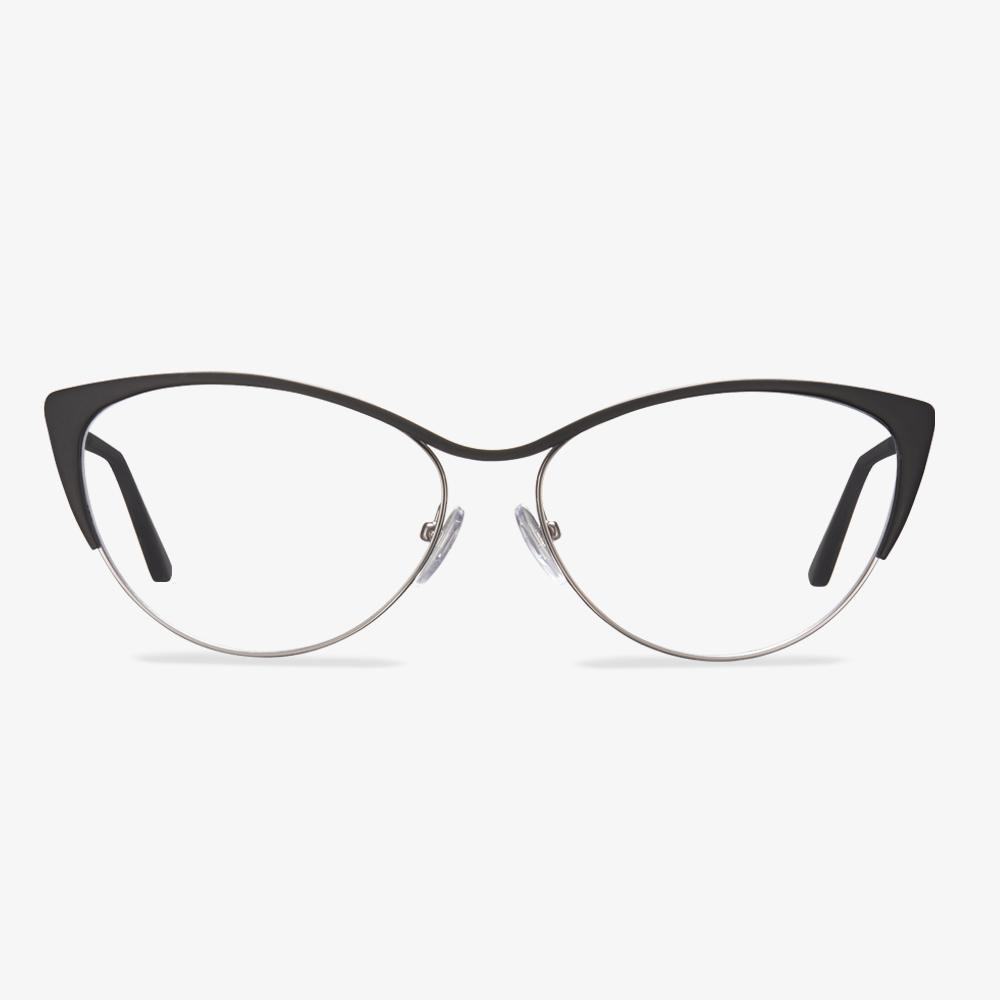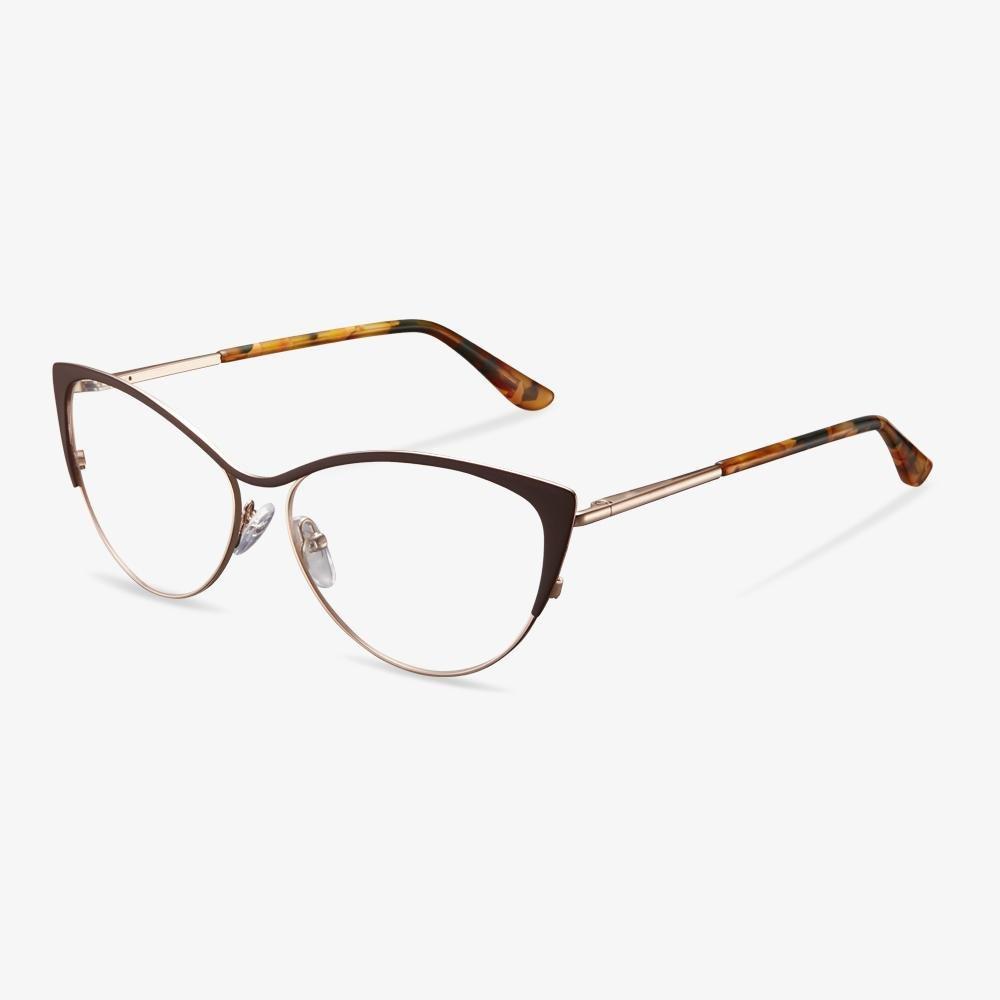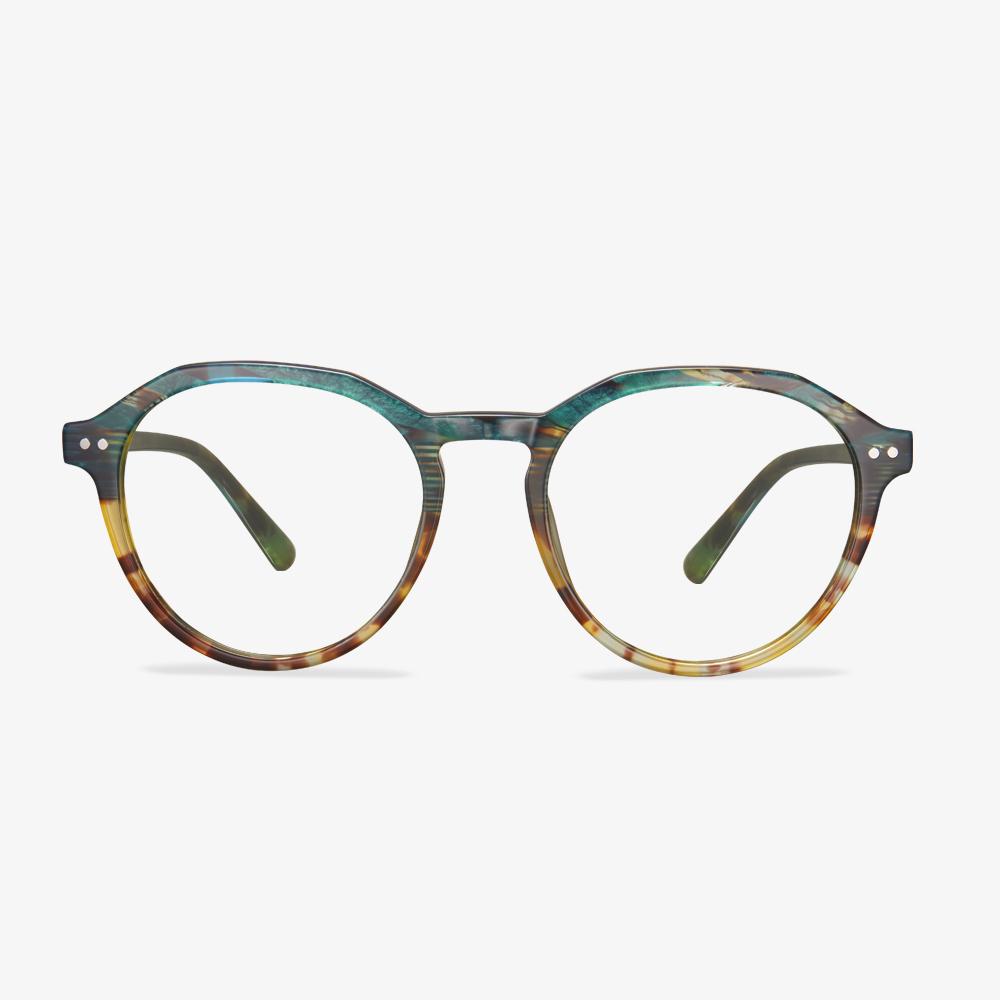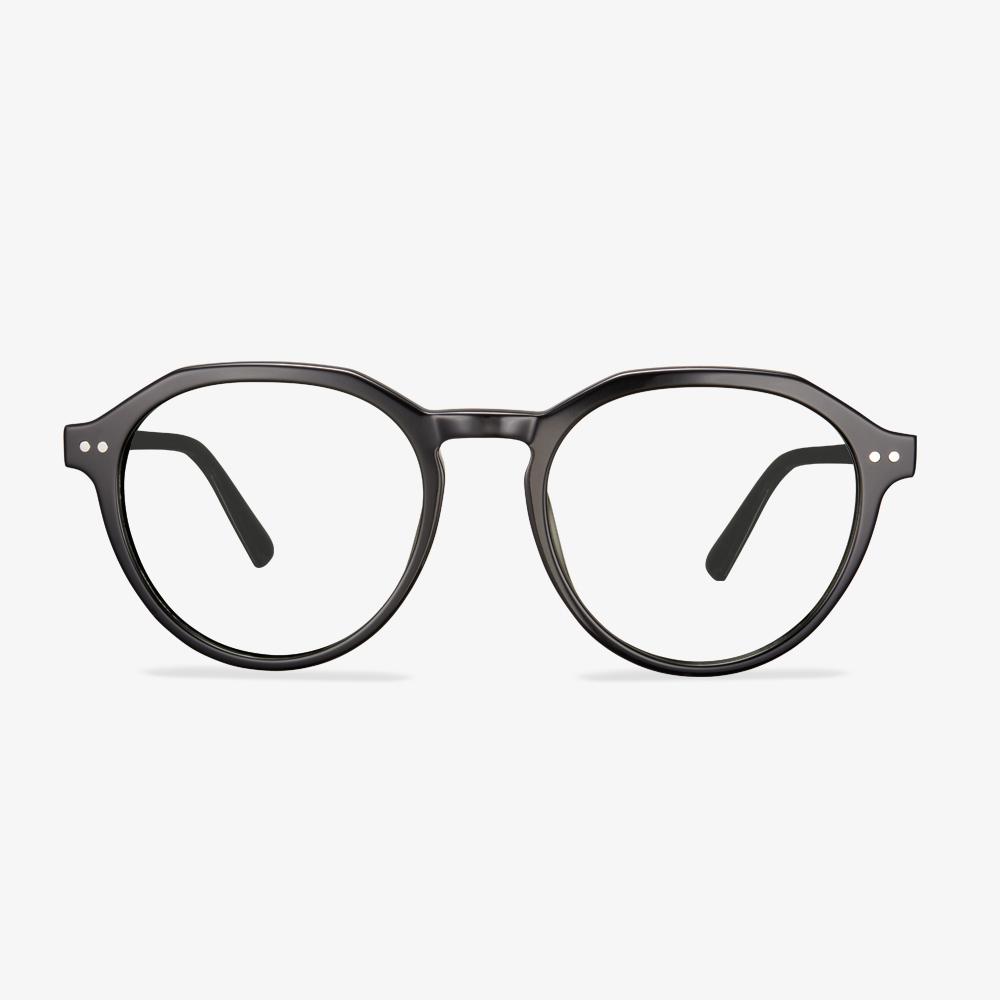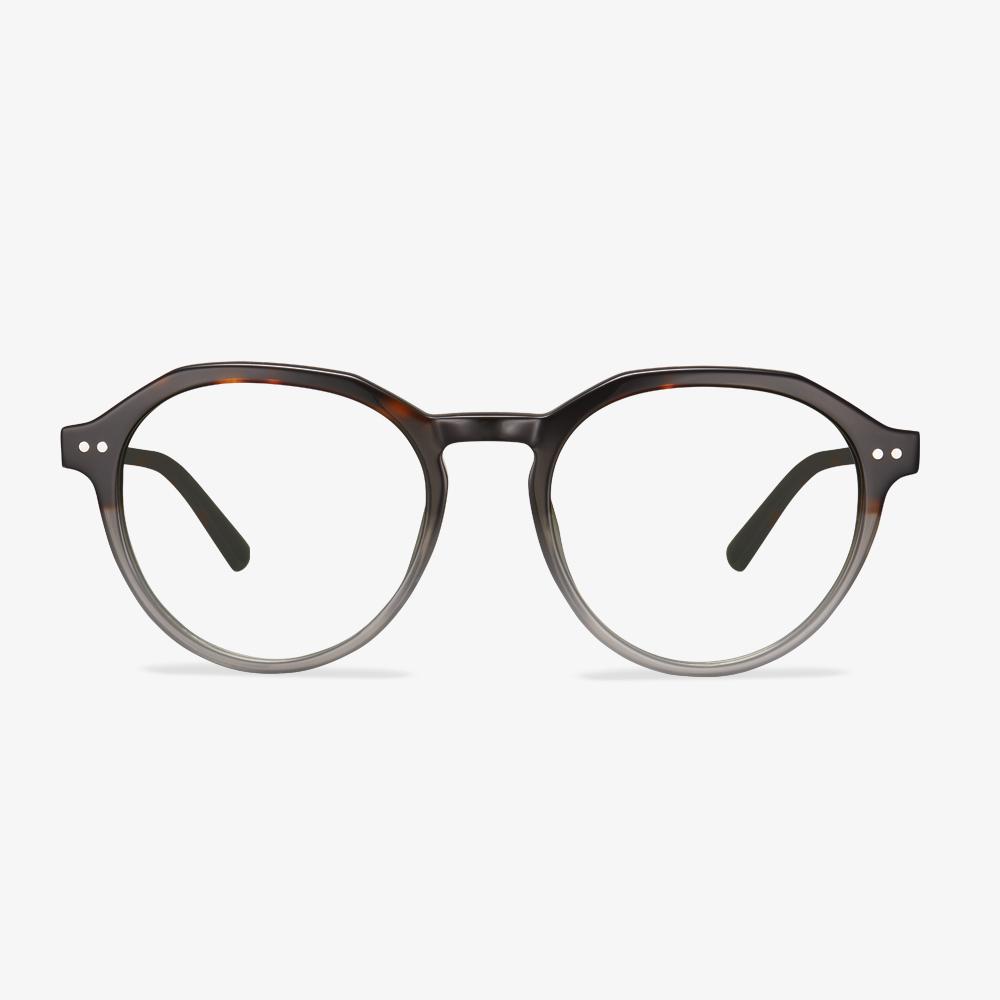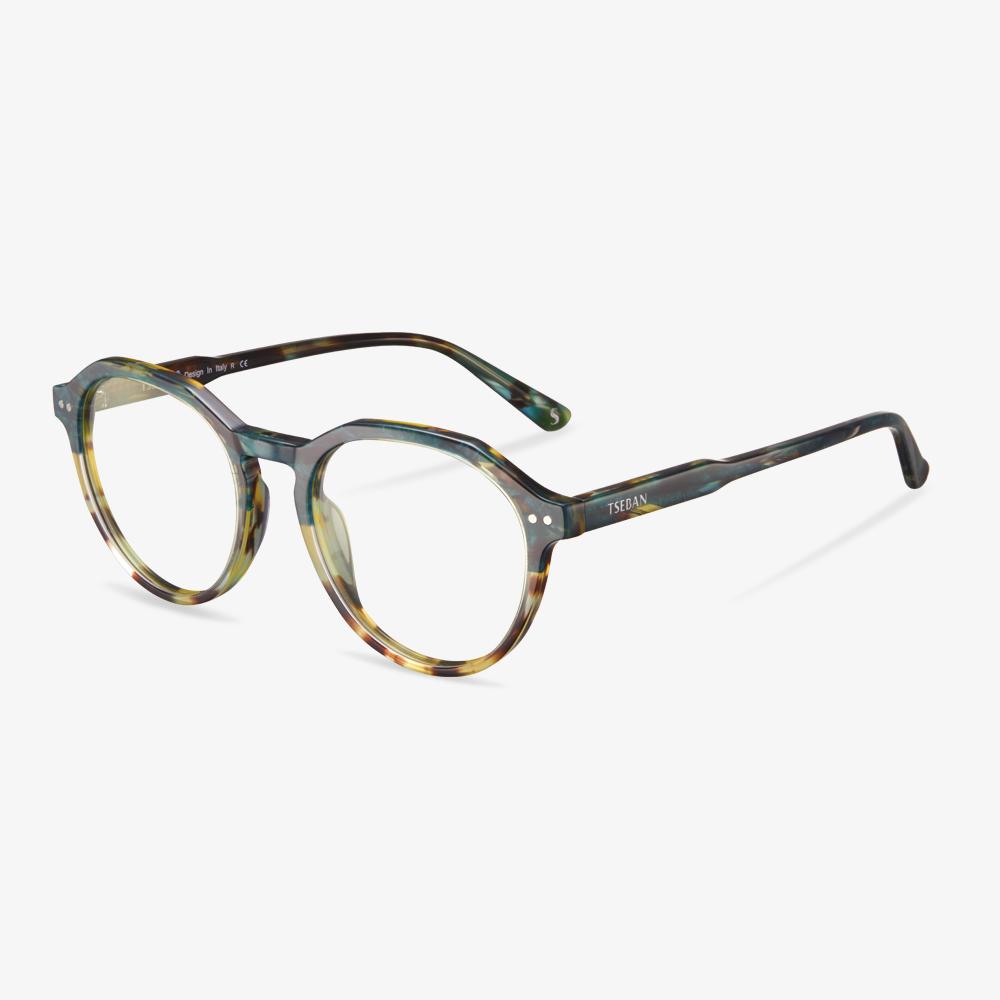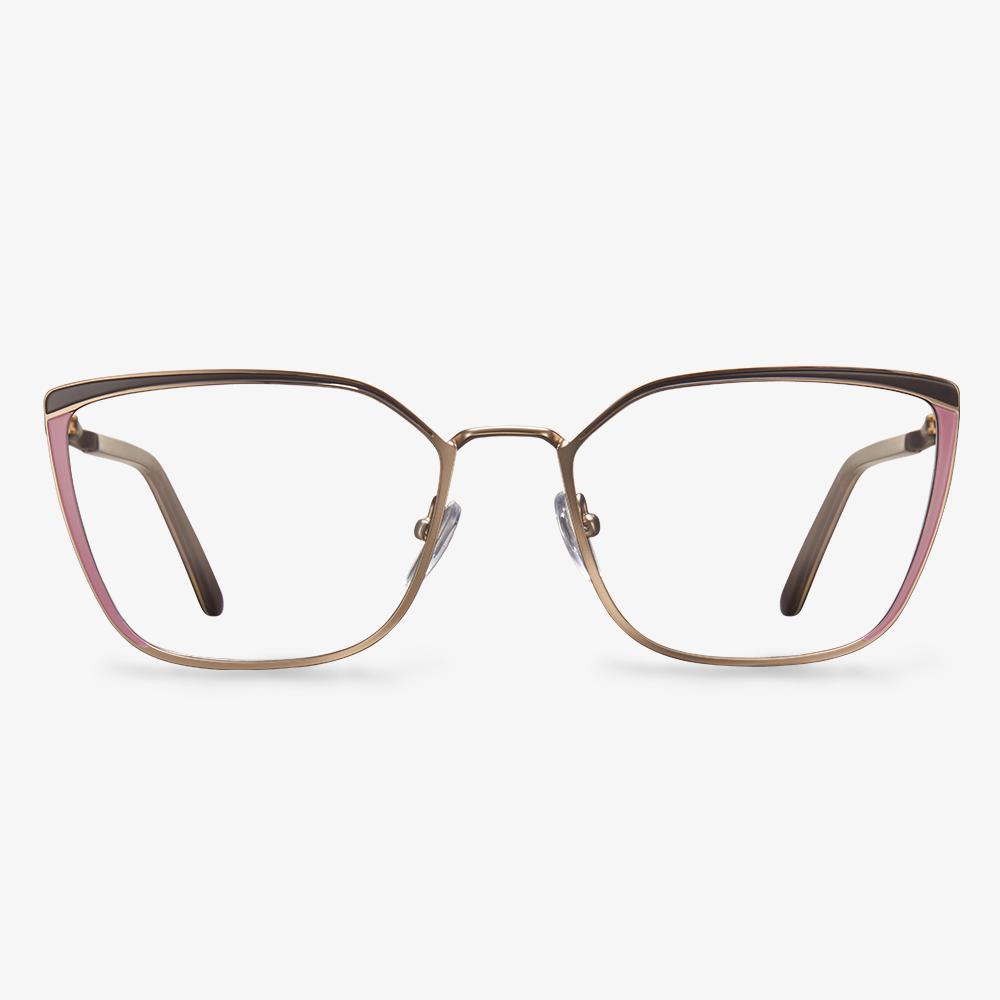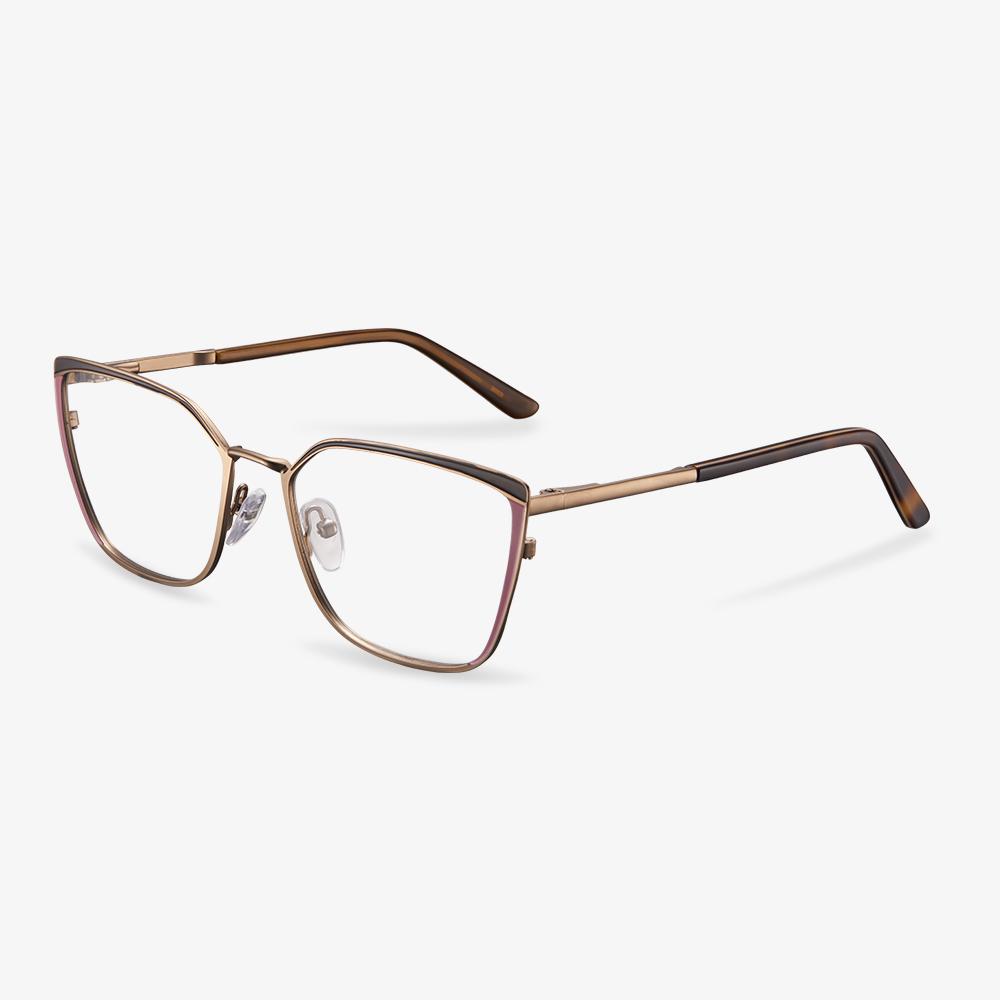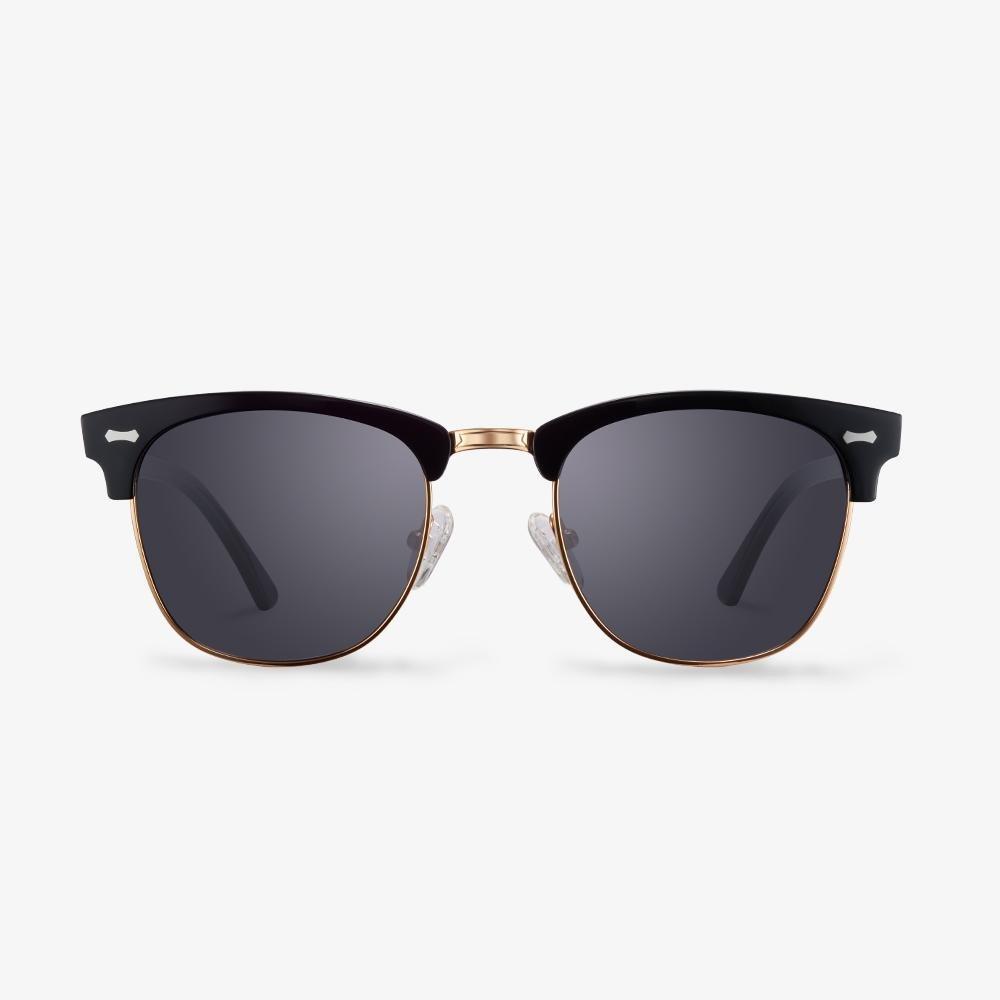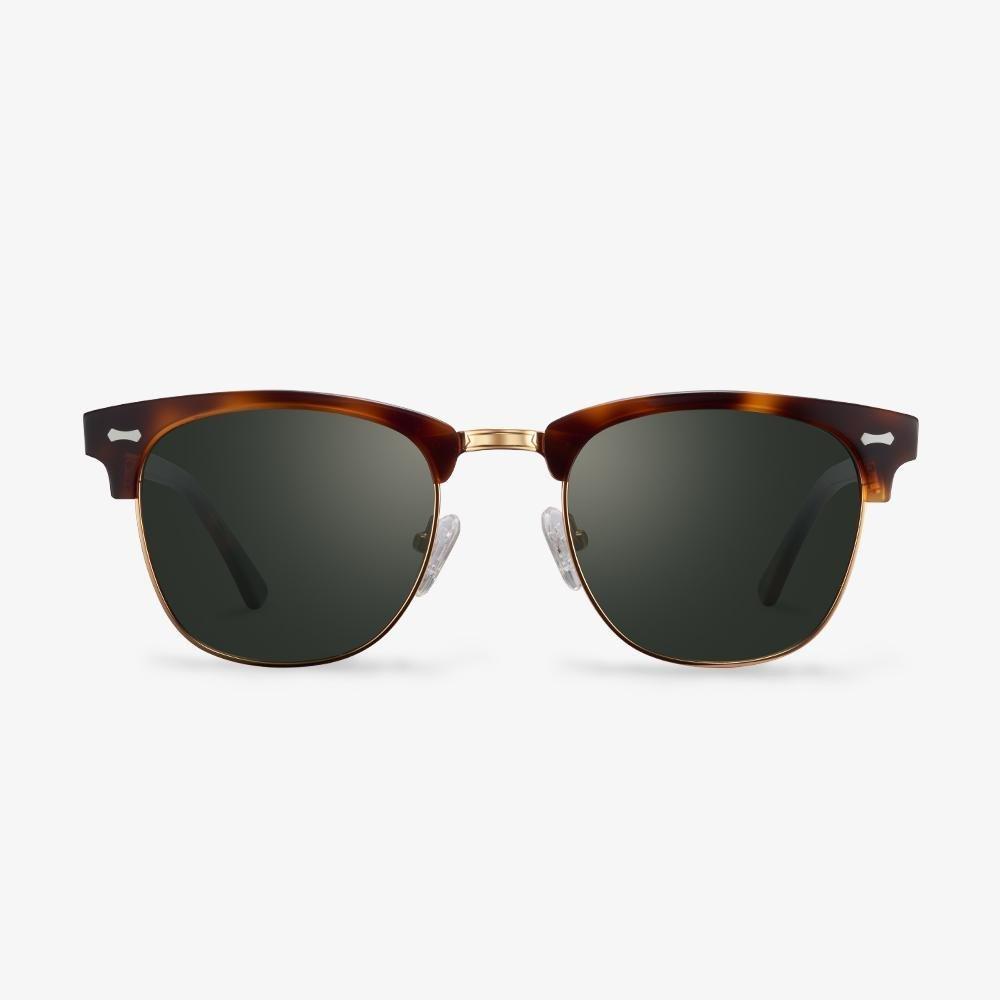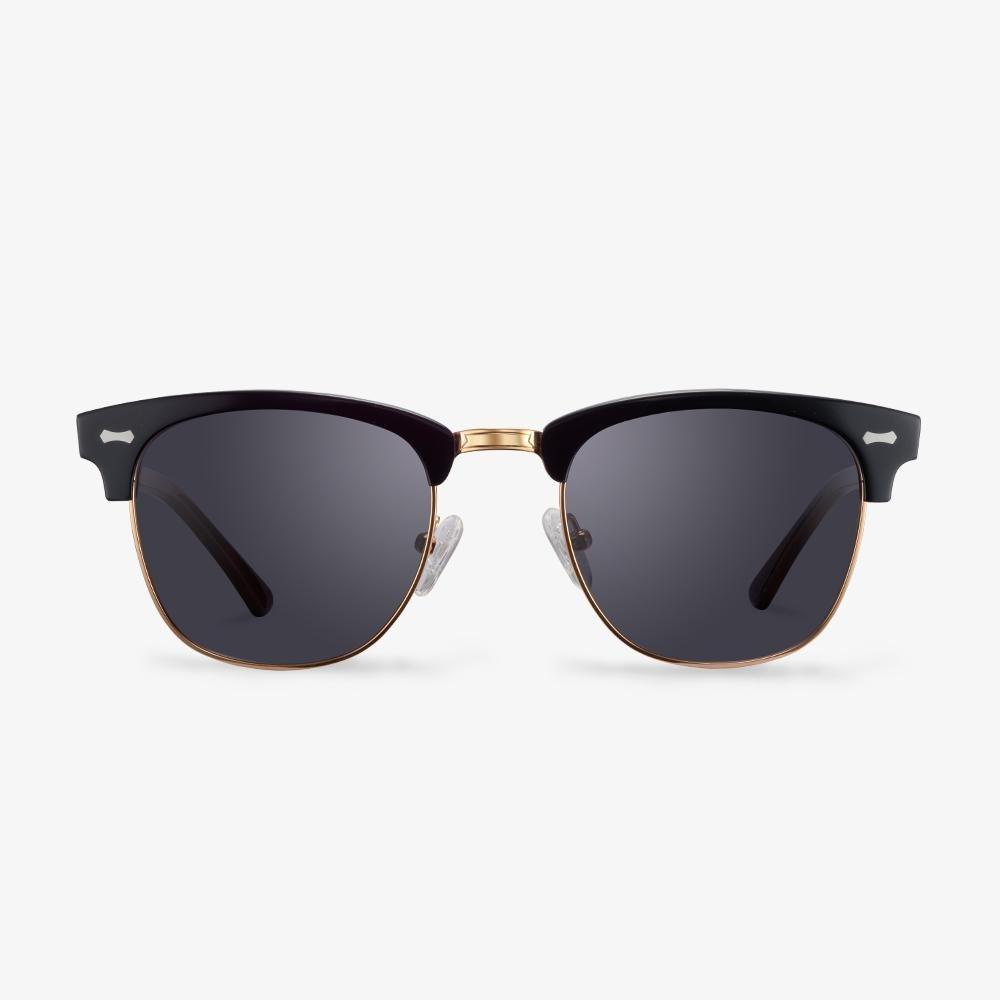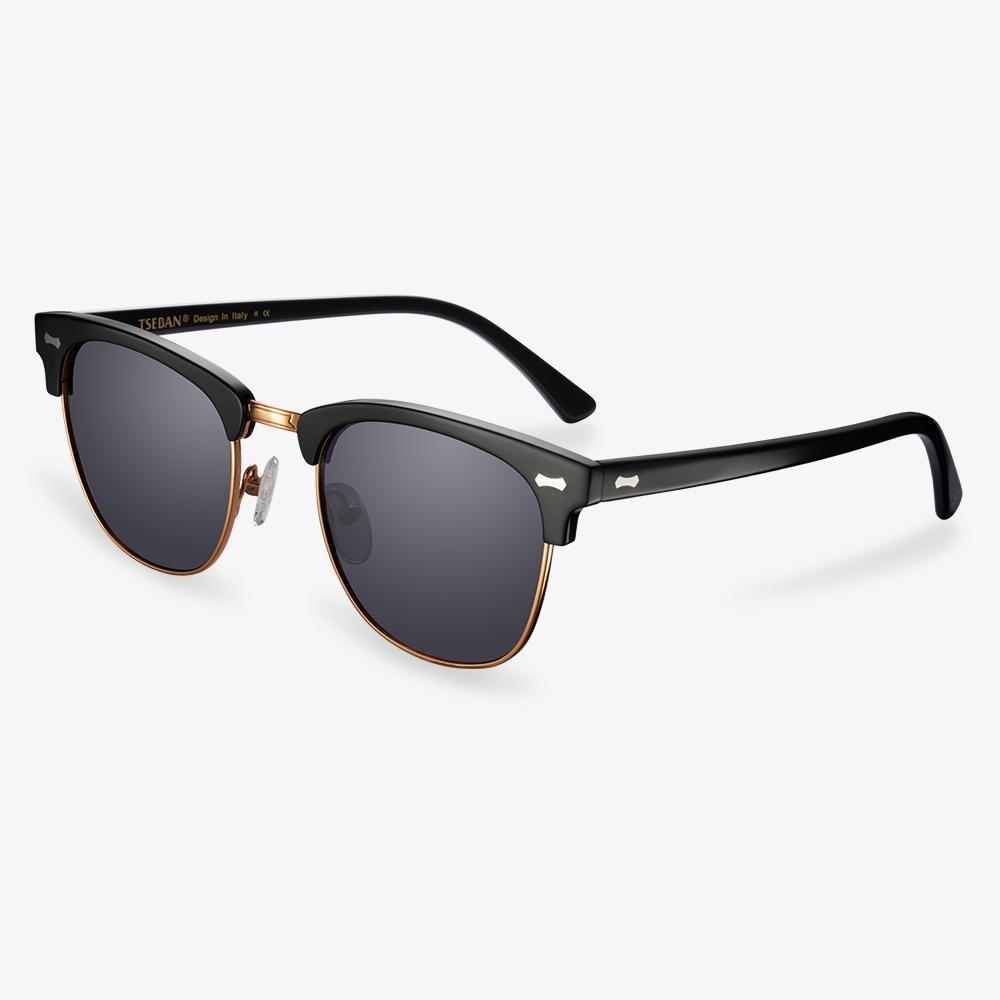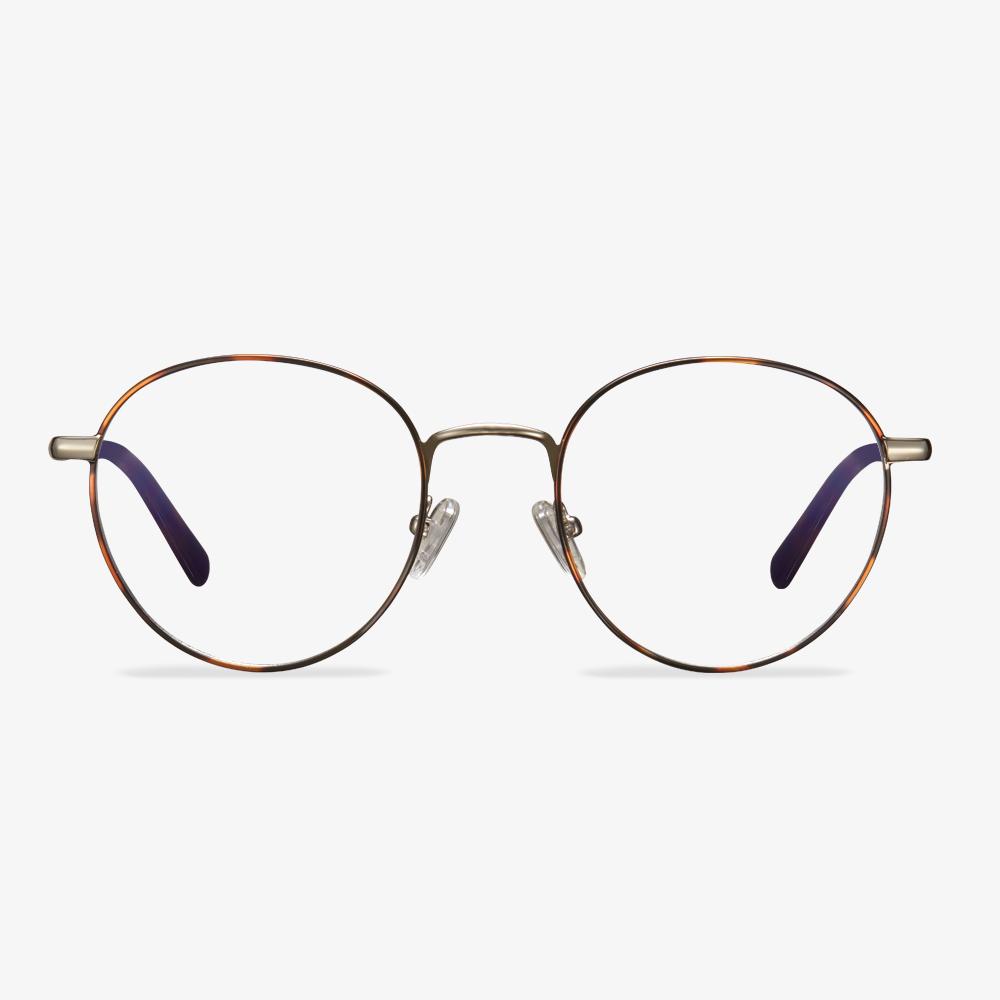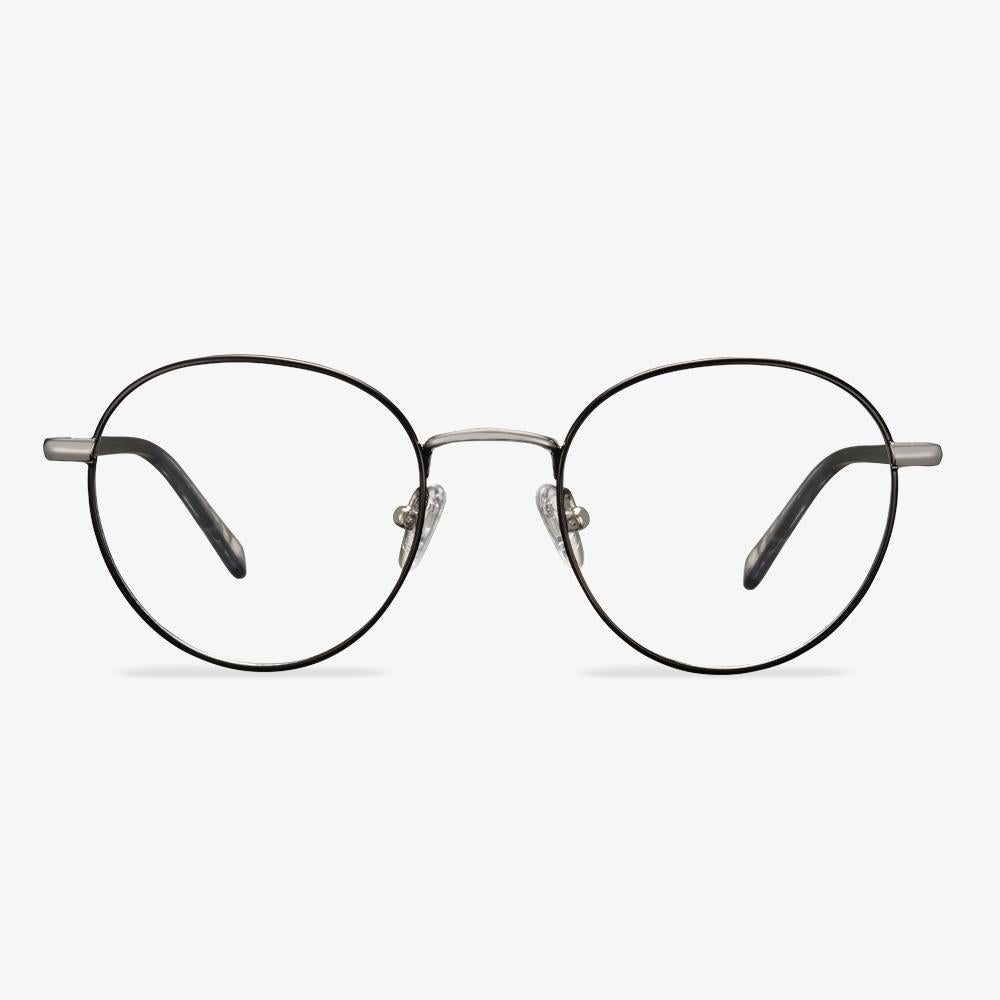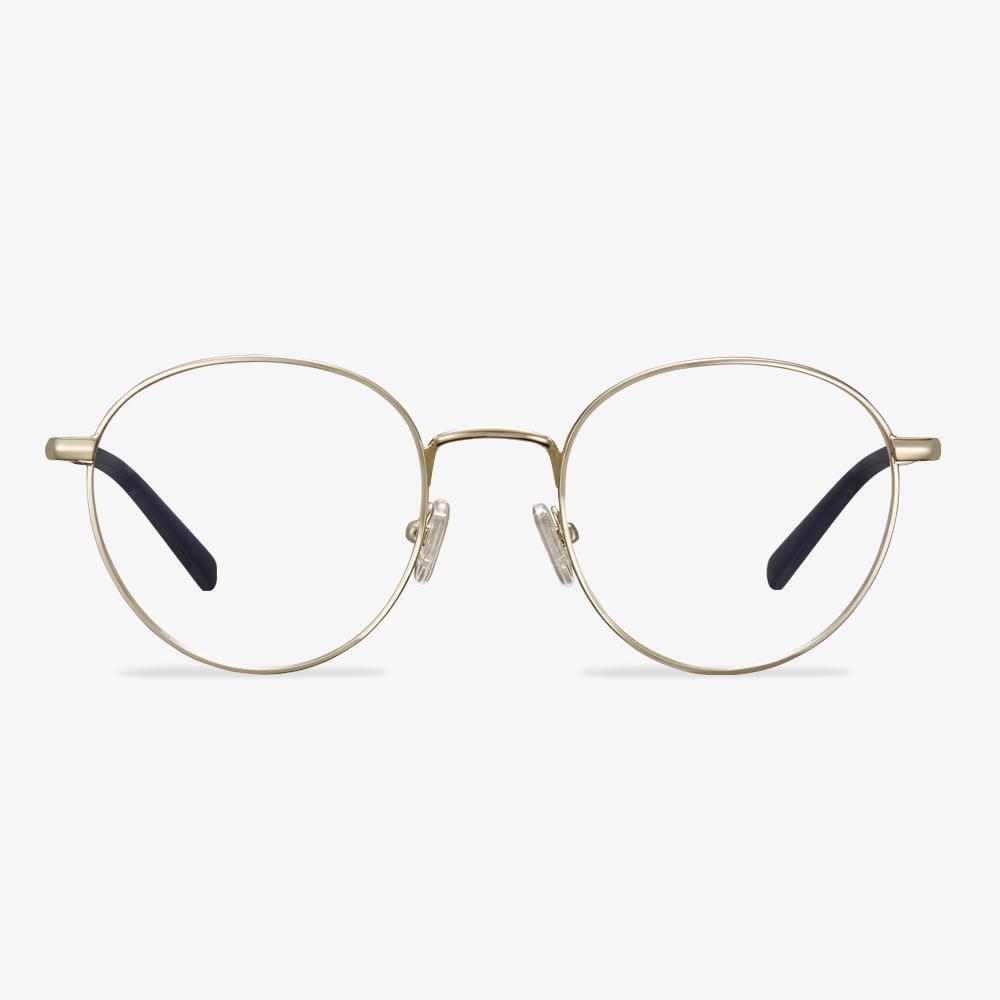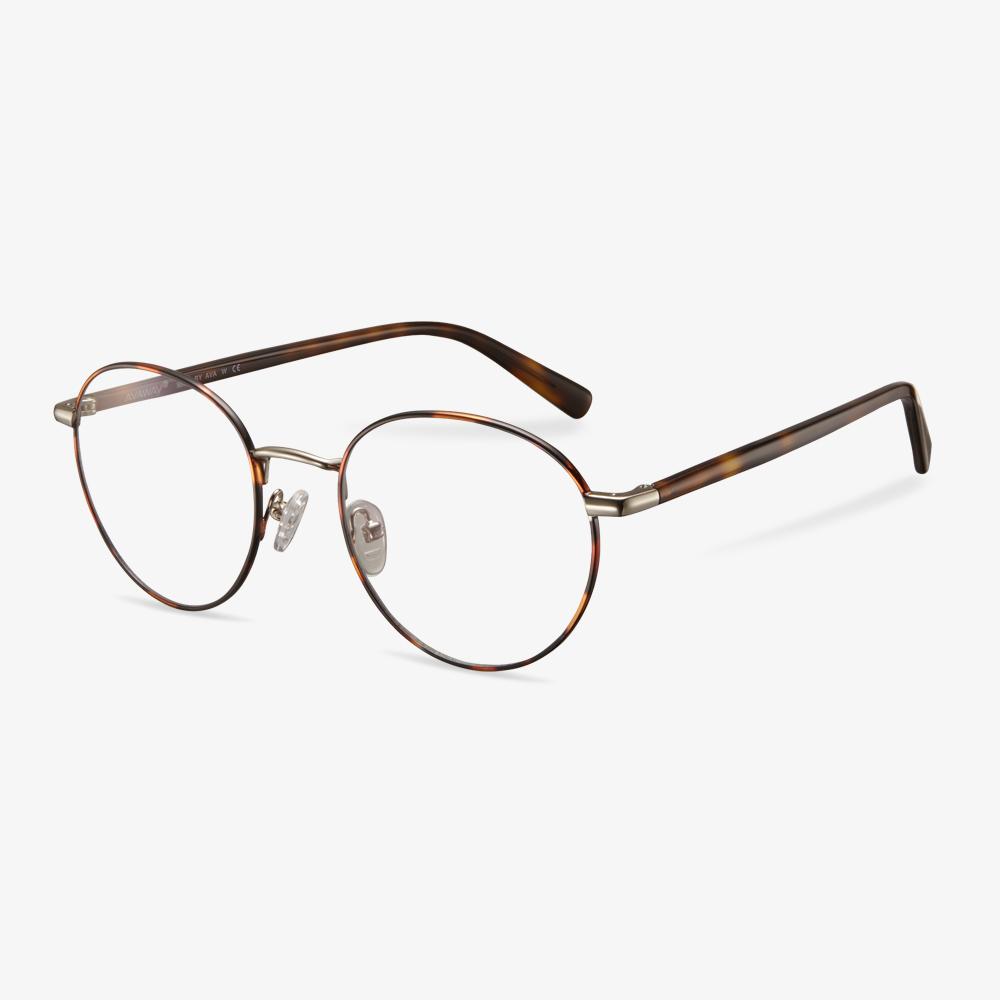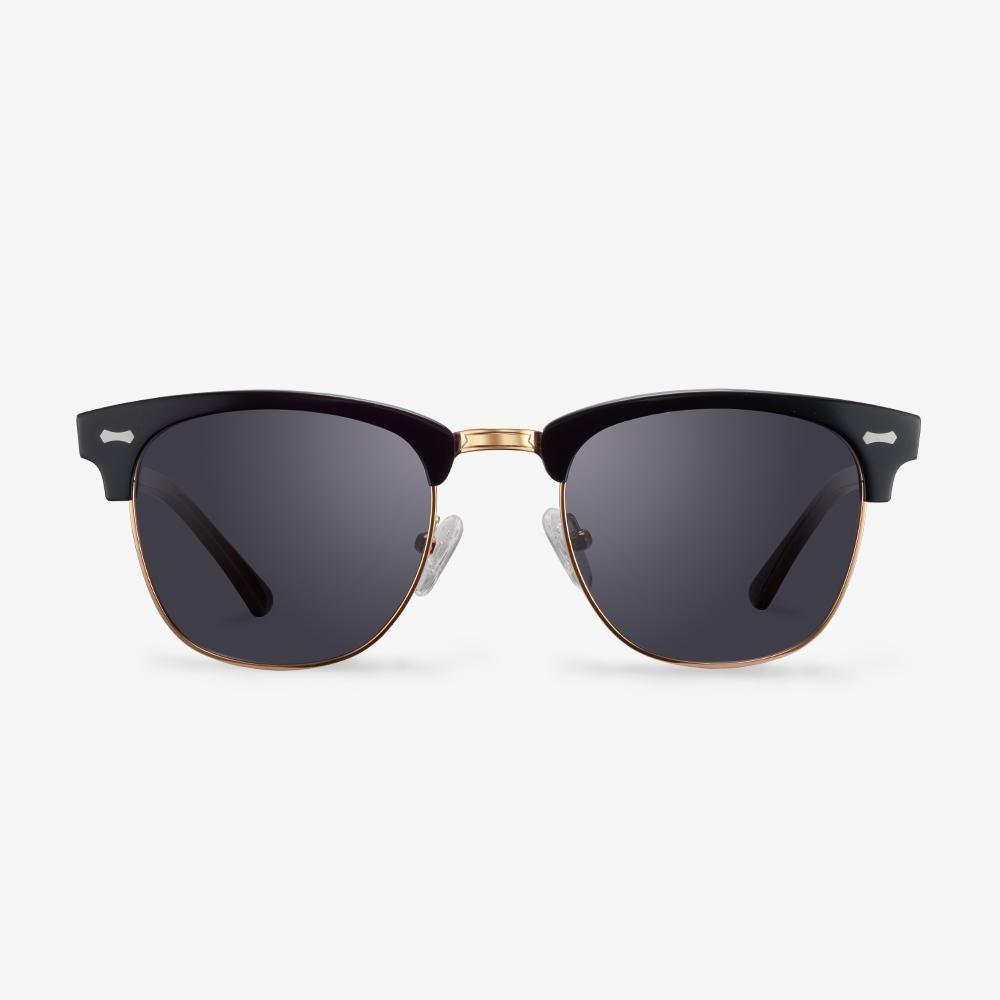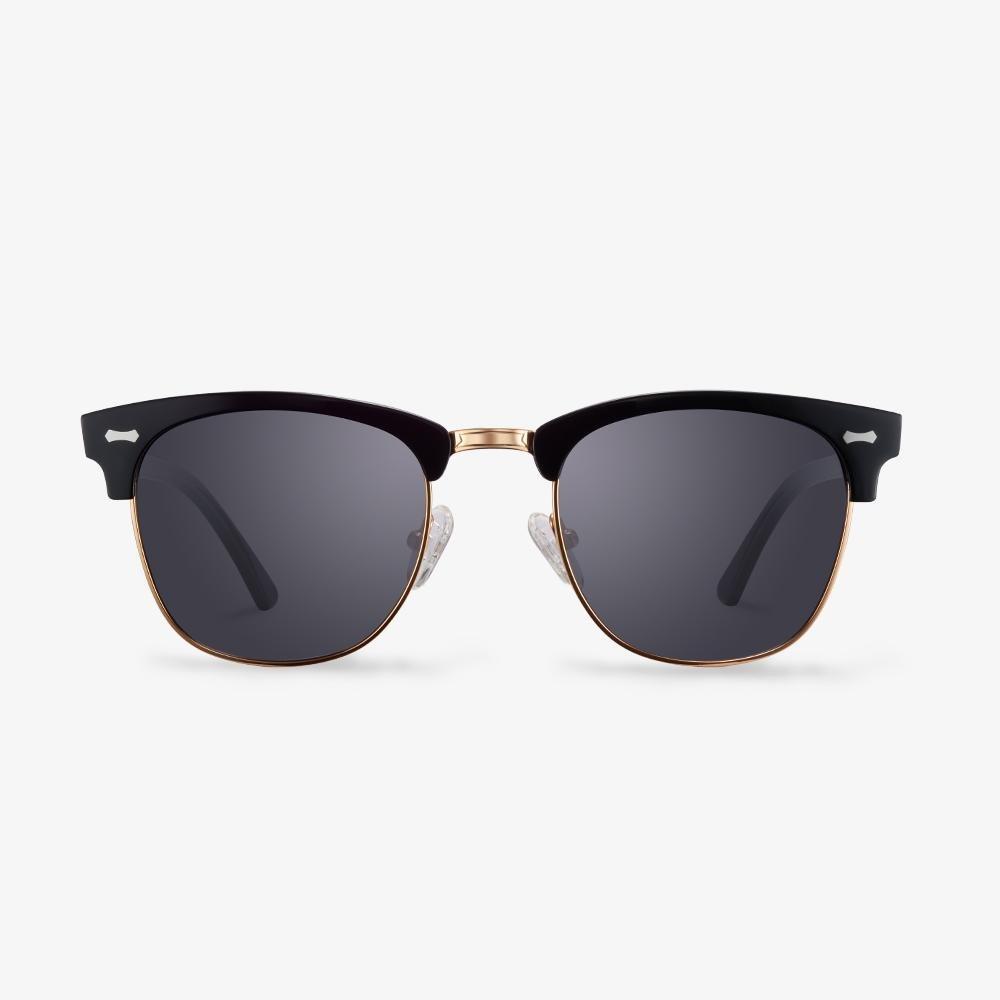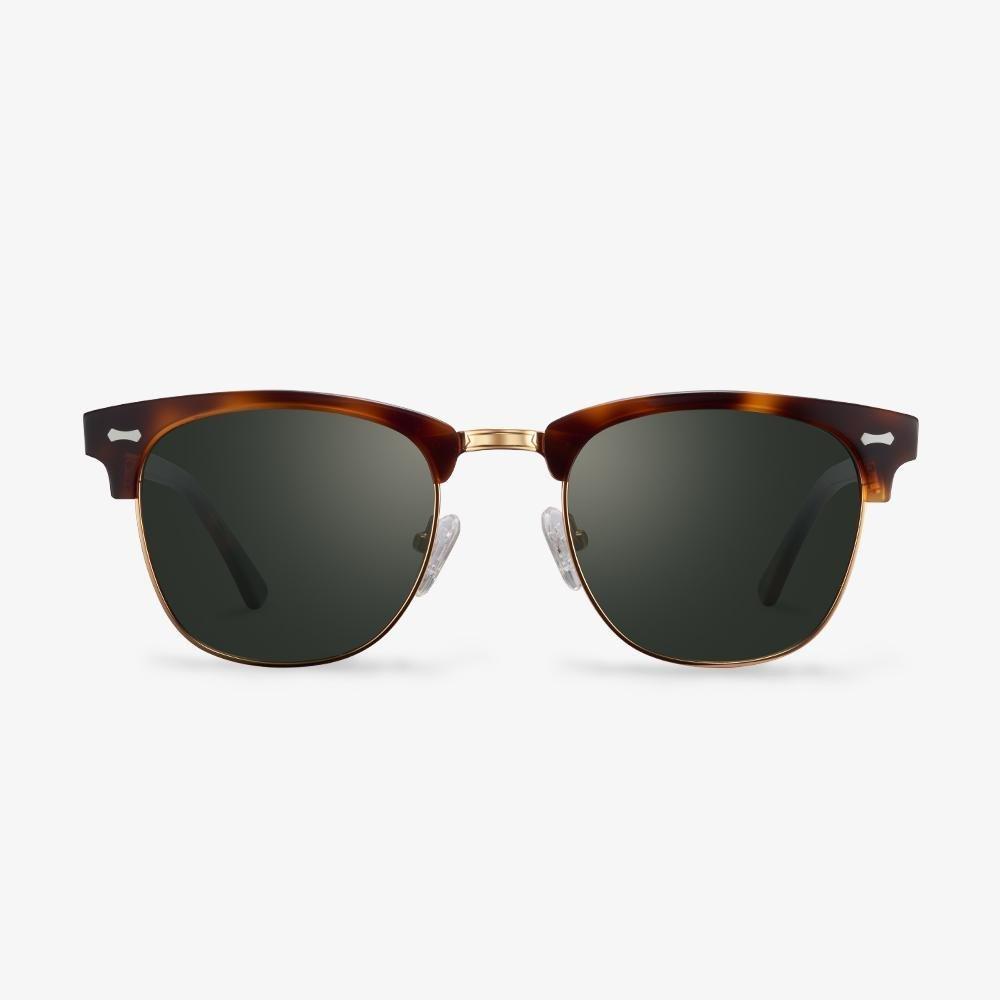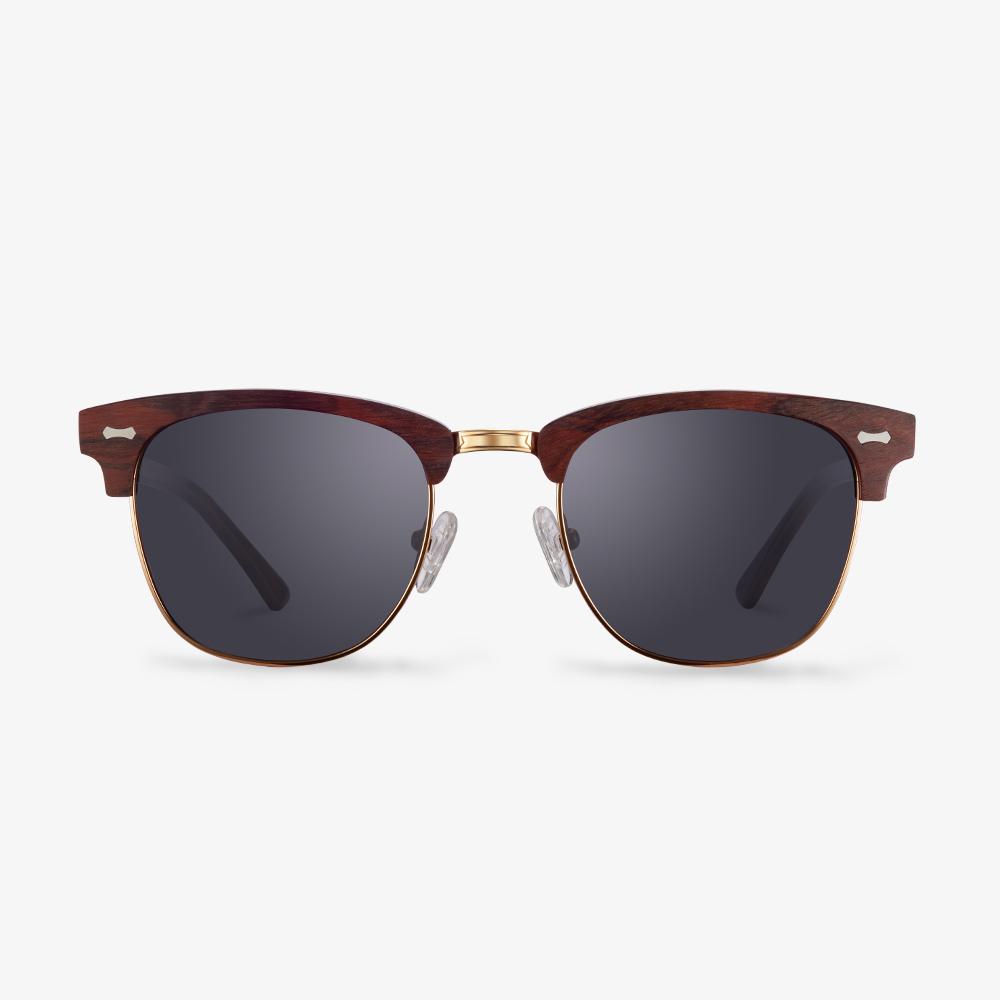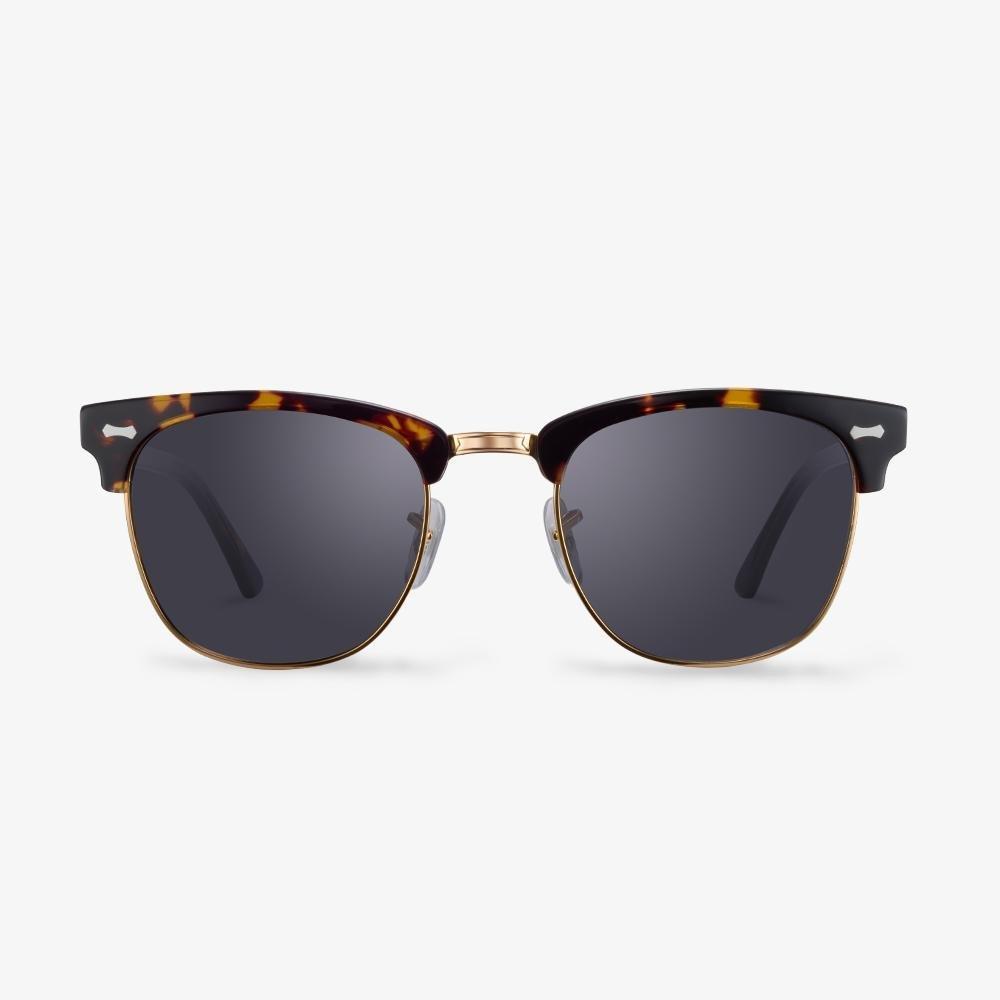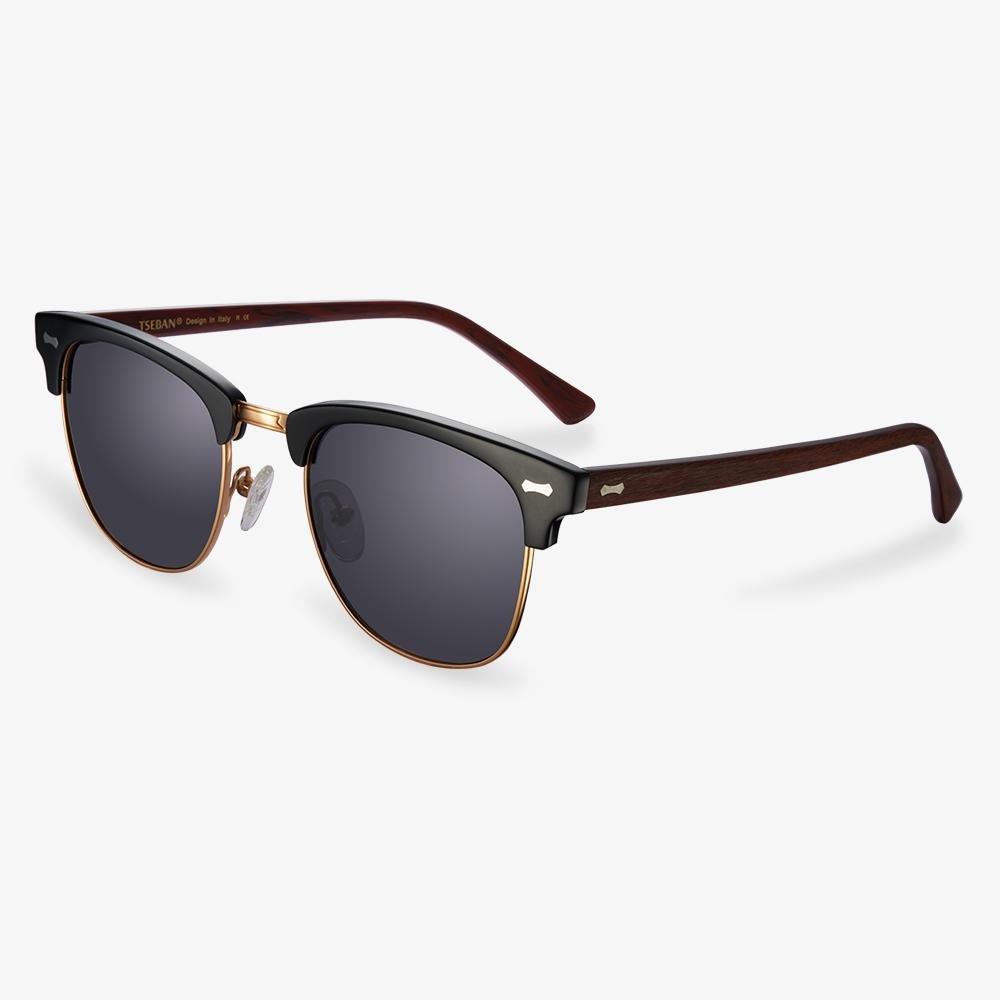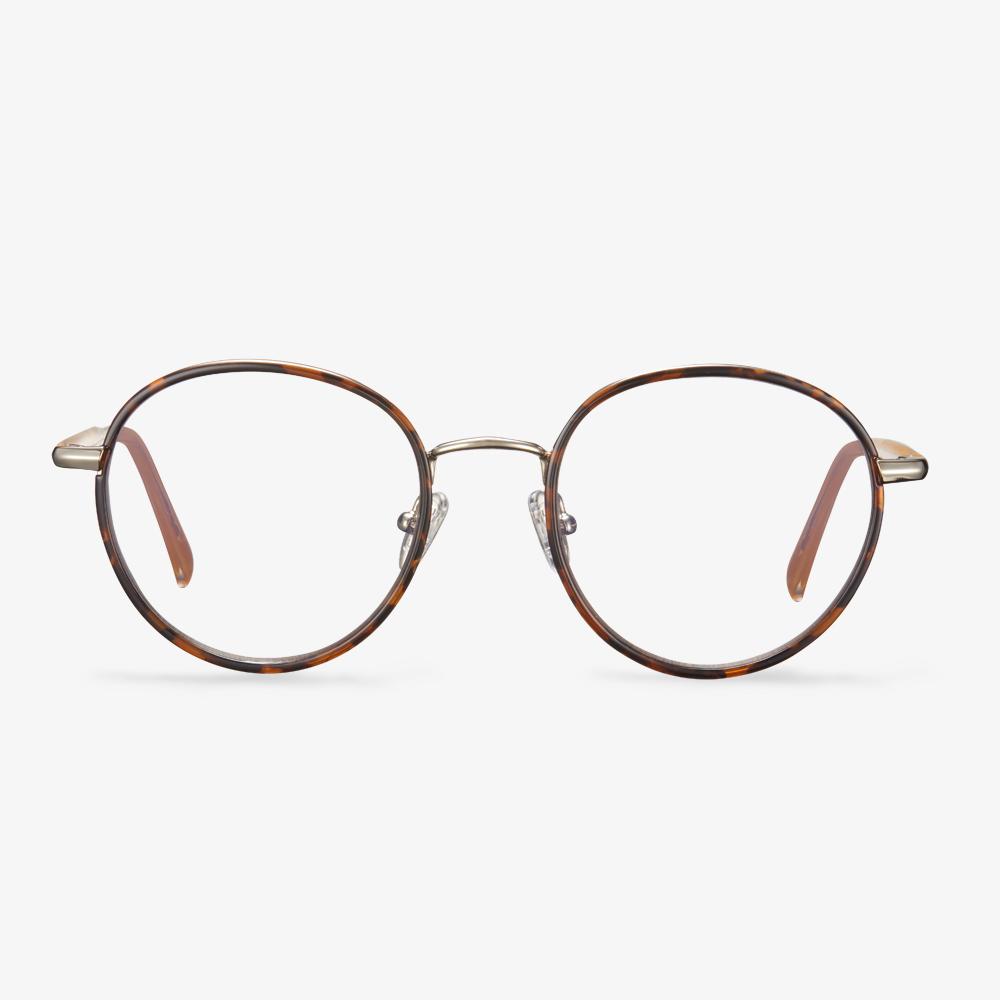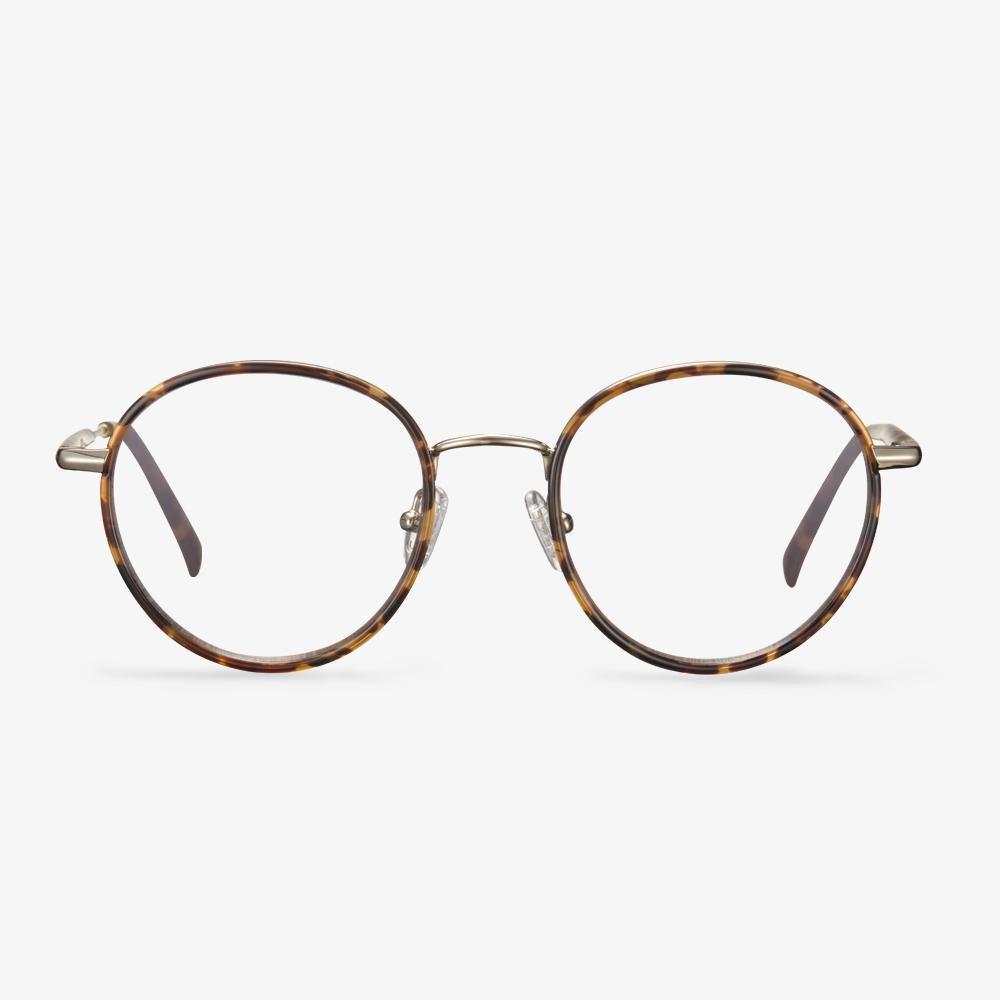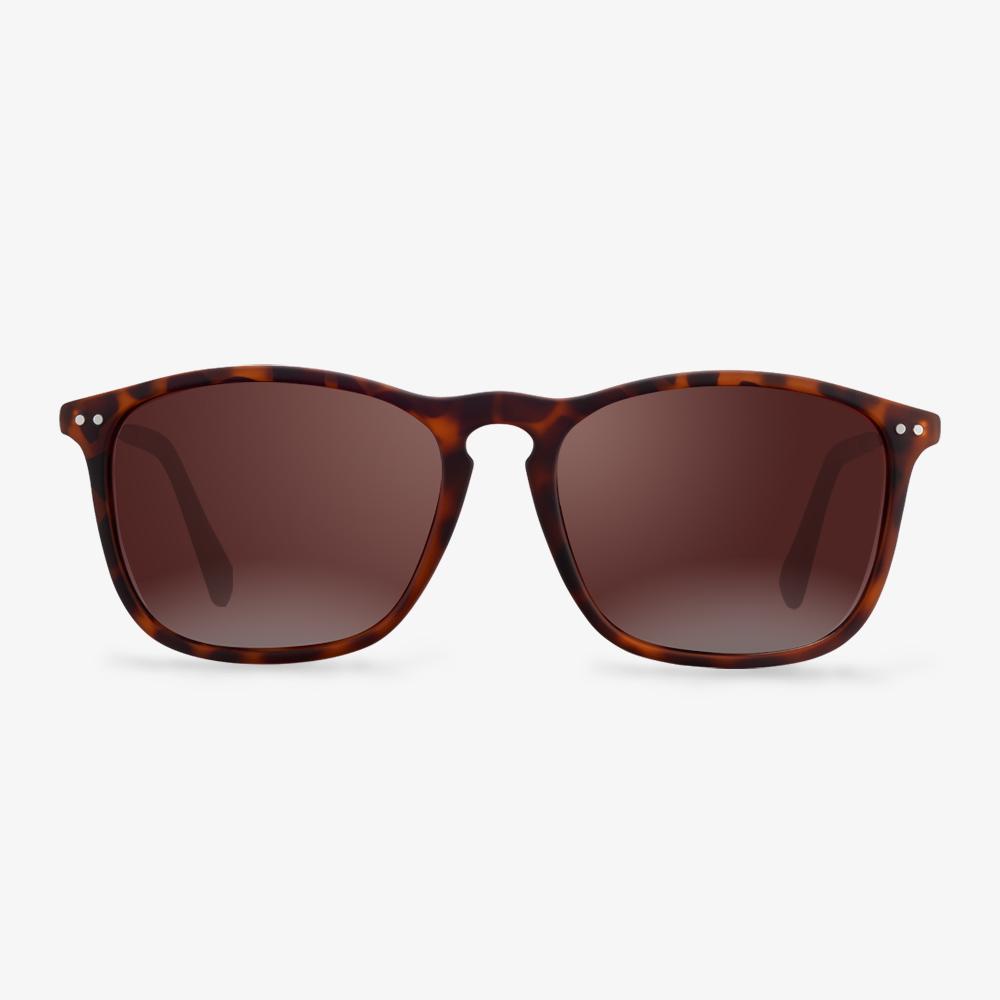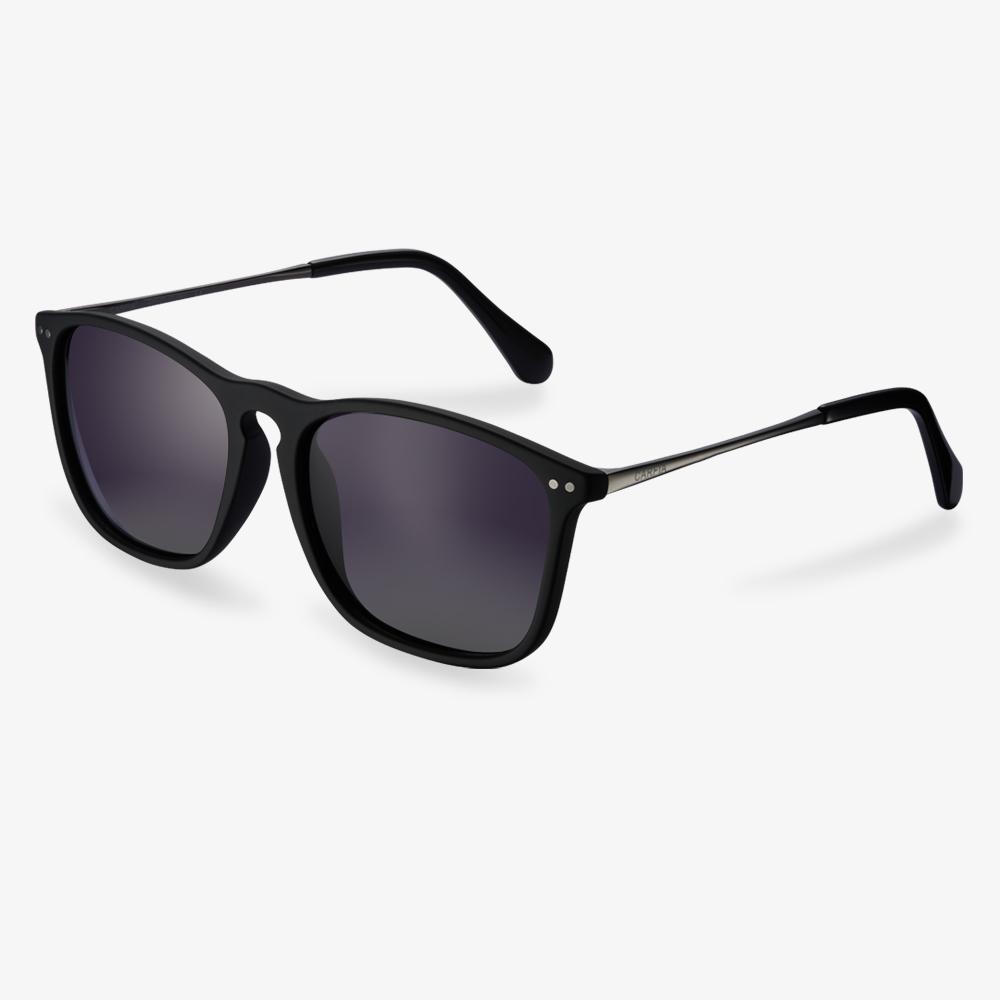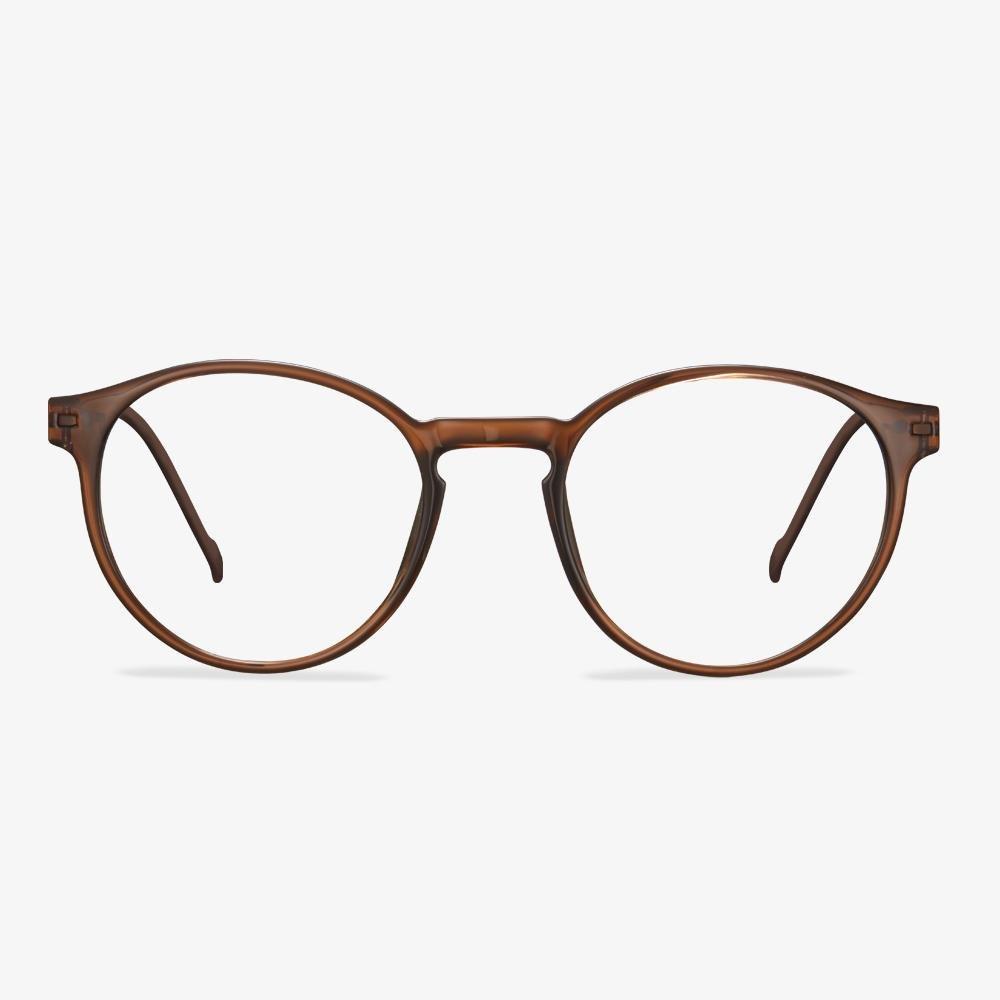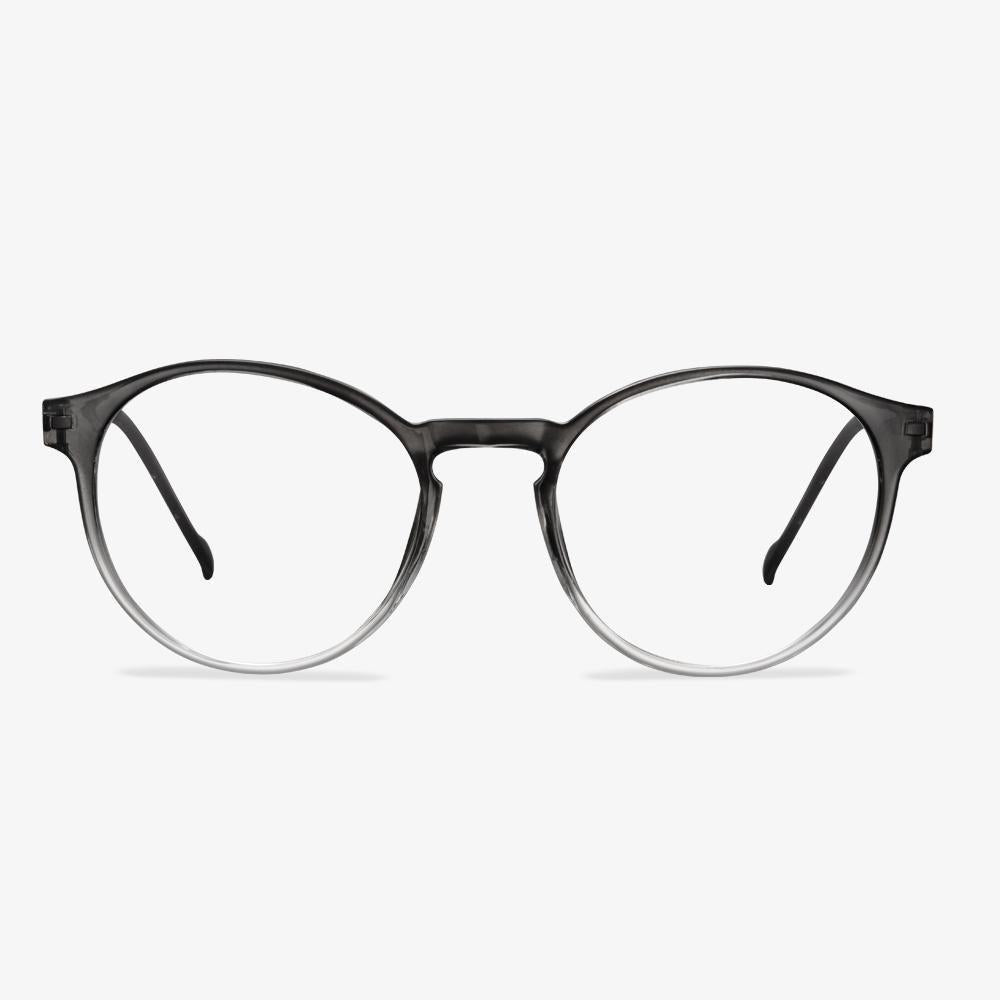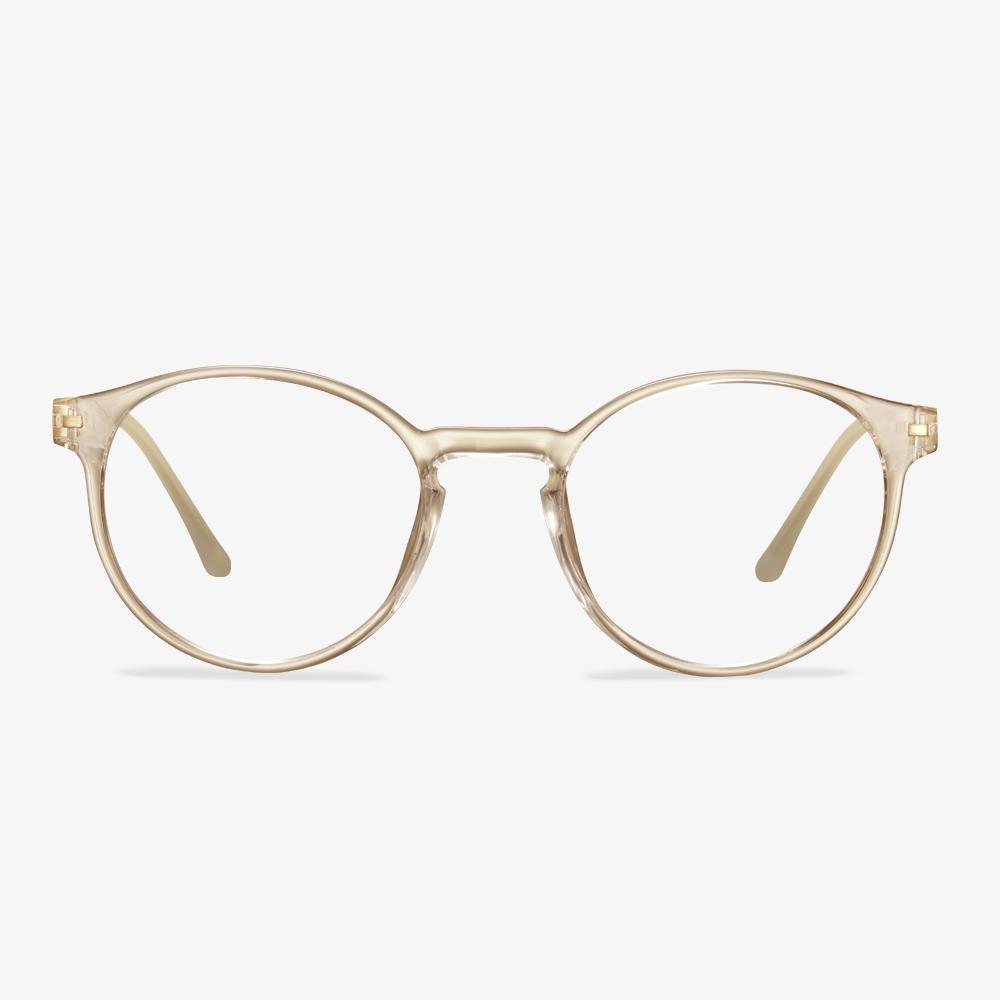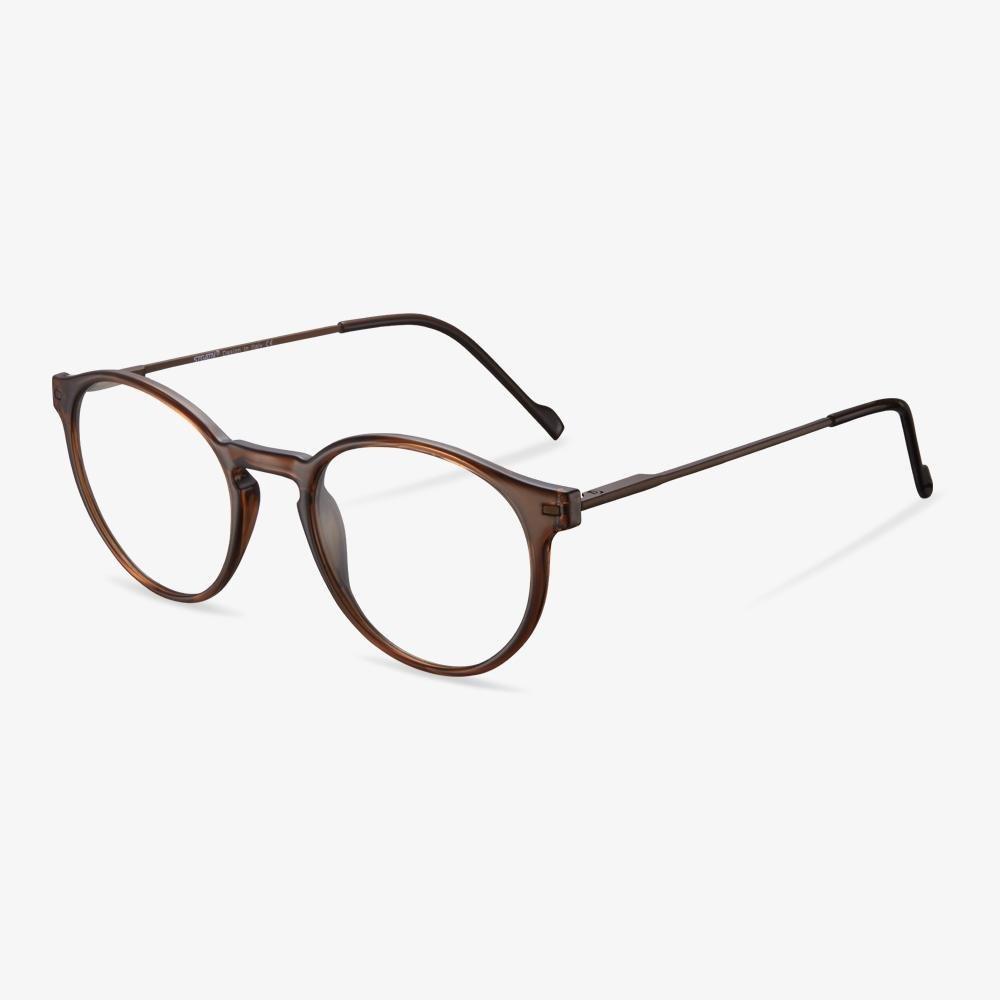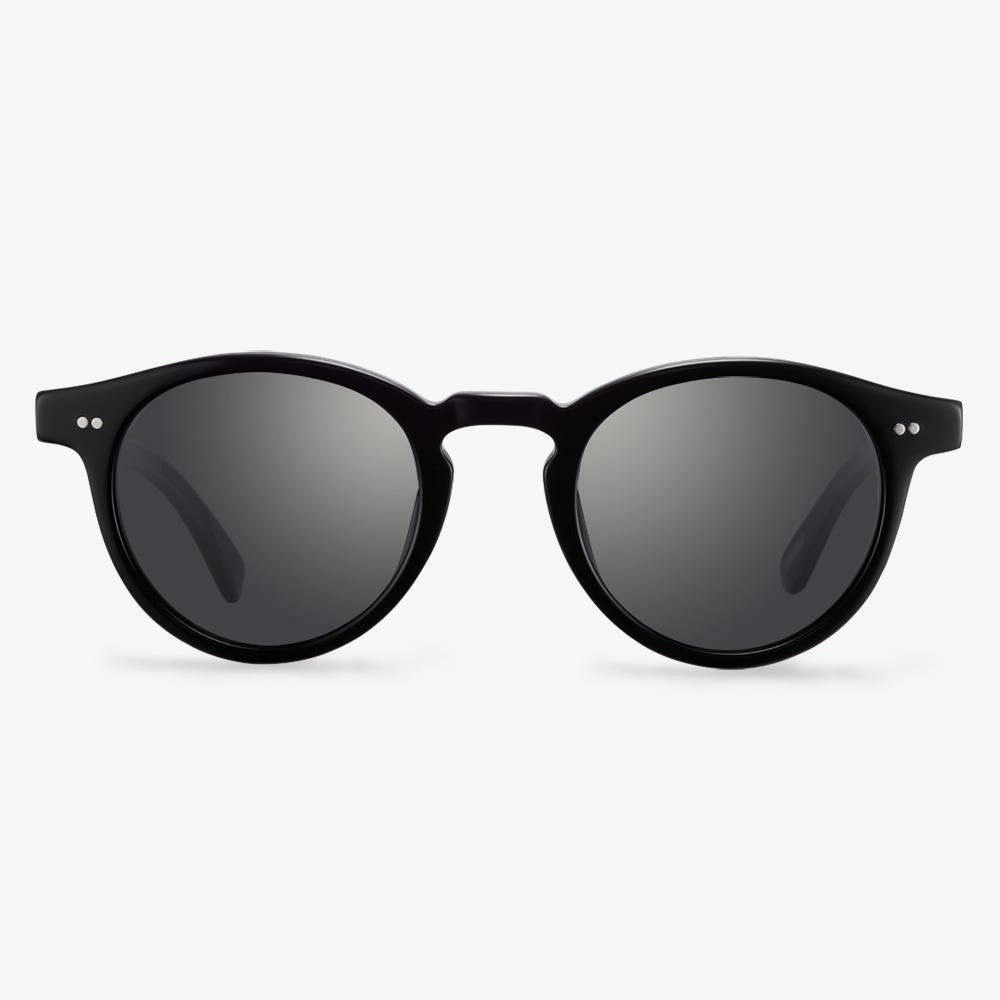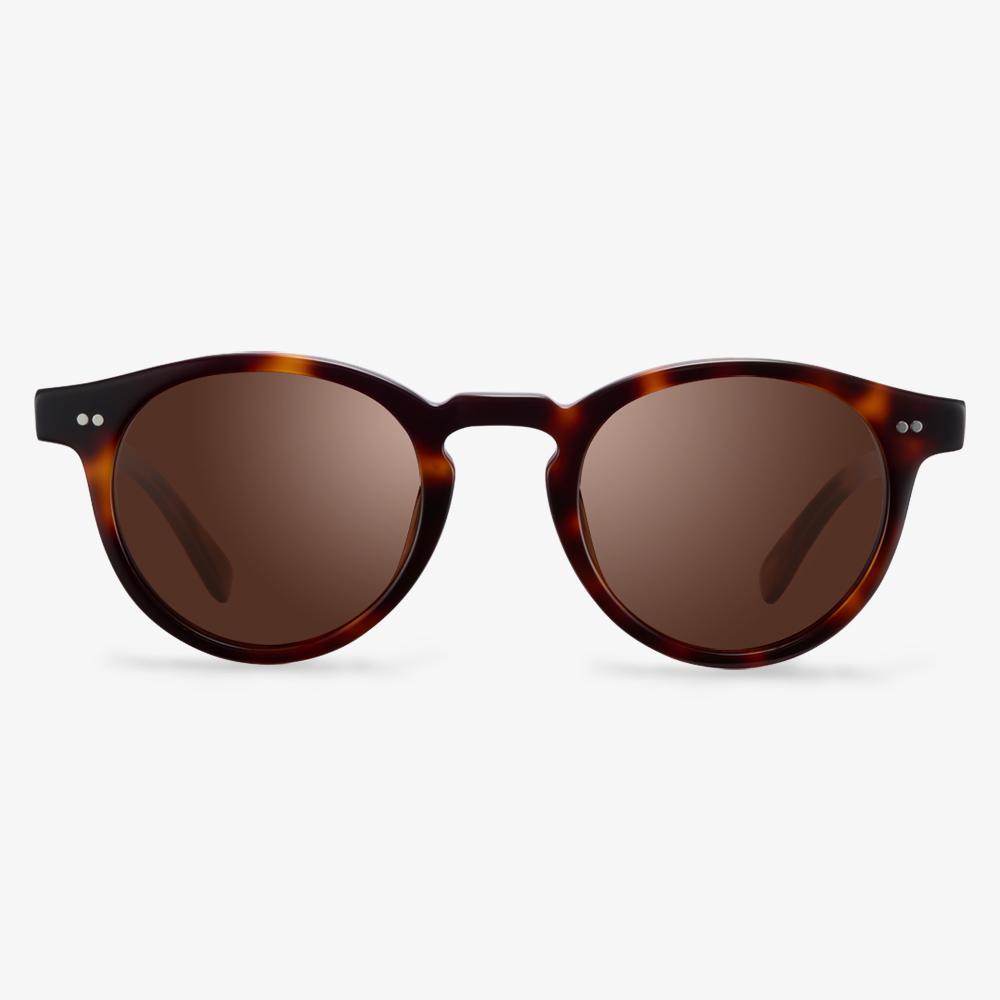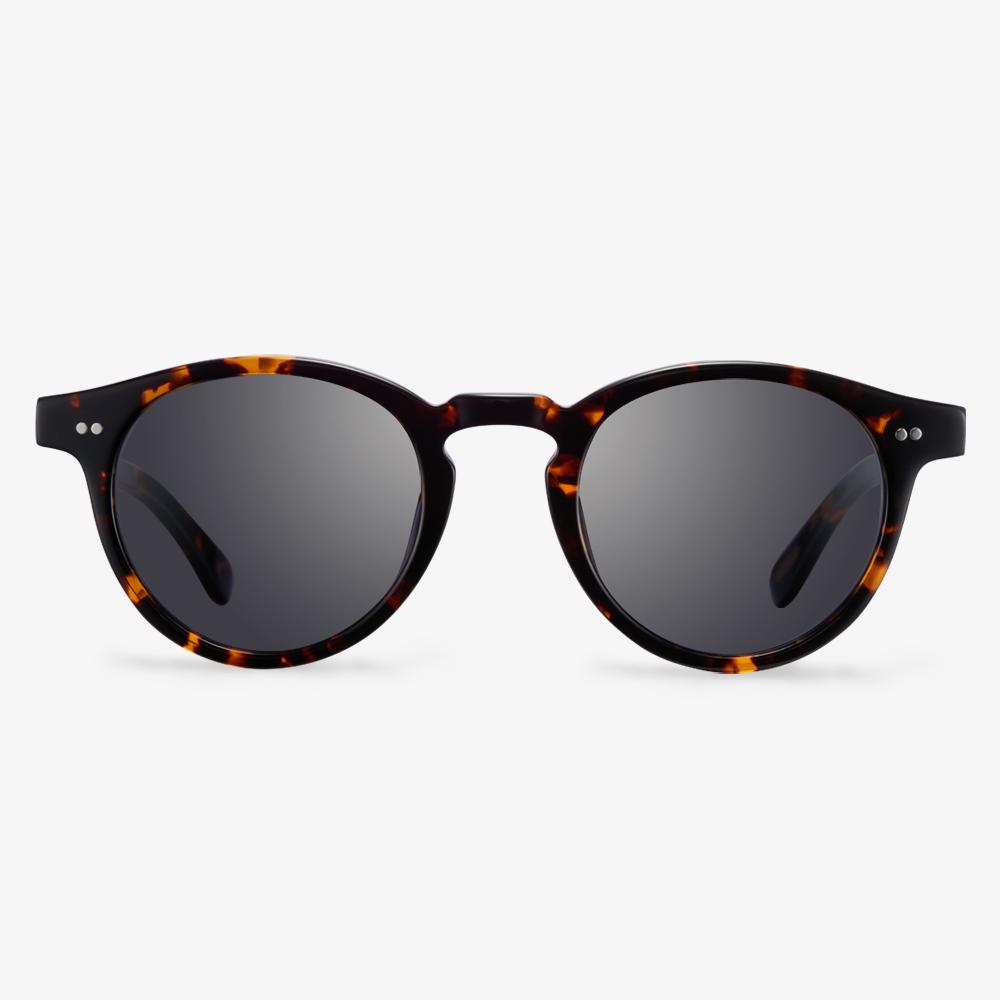If you're one of the millions of people worldwide who depend on eyeglasses to correct your vision, you've probably heard about progressive lenses and prisms. Progressive lenses offer a seamless transition between different focal lengths, providing a solution for both near and distance vision. On the other hand, prisms are known for their role in managing eye alignment issues, such as double vision or strabismus. But have you ever wondered if you can have prisms with progressive lenses?
In this comprehensive guide, we'll explore the intriguing world of prisms in progressive lenses. We'll discuss what prisms are, how they work, the benefits of having prisms in progressive lenses, and the different scenarios where they might be recommended. Whether you're new to eyeglasses or a seasoned wearer, this article will shed light on the intersection of these two vital optical technologies.
What Are Prisms in Eyeglasses?
Before delving into the compatibility of prisms with progressive lenses, it's crucial to understand what prisms are and how they function. Prisms are specialized optical elements incorporated into eyeglasses to manage issues related to eye alignment. They are designed to alter the direction of light, helping the eyes work together and achieve a single, unified image.
How Do Prisms Work?
Prisms work based on the principle of refraction, which means they bend or change the path of light as it passes through them. This change in the direction of light can be used to shift the image perceived by one eye, allowing the brain to combine these two slightly different views into a single, unified image.
Prisms are typically prescribed to individuals with eye alignment problems, such as:
-
Strabismus: Strabismus is a condition where the eyes are misaligned and do not work together. Prisms can be used to bring the eyes into alignment, reducing double vision and improving overall visual comfort.
-
Double Vision: Double vision occurs when an individual sees two images of a single object. Prisms can be used to bring these two images closer together or overlap them, reducing the perceived double vision.
-
Convergence Insufficiency: In this condition, the eyes struggle to converge (come together) when focusing on a near object. Prisms can assist in converging the visual fields, making close-up tasks more manageable.
Understanding Progressive Lenses
Progressive lenses, often referred to as multifocal or varifocal lenses, are designed to provide clear vision at various distances. Unlike traditional bifocal or trifocal lenses, progressive lenses have a smooth and gradual transition from distance vision at the top to near vision at the bottom, with intermediate vision in between. This makes them an excellent choice for individuals with presbyopia, a common age-related vision problem.
Progressive lenses work through a gradual change in lens power, allowing wearers to see clearly at all distances without the need to switch between multiple pairs of glasses.
Can You Have Prisms with Progressive Lenses?
Now, let's address the main question at hand: Can you have prisms with progressive lenses? The short answer is yes, it is possible to combine prisms with progressive lenses. However, the decision to do so depends on your specific vision needs and the recommendation of your eye care professional.
The Benefits of Prisms in Progressive Lenses
-
Addressing Eye Alignment Issues: When you have both strabismus or double vision and presbyopia, prisms in progressive lenses can be a game-changer. They address both your eye alignment problem and the need for multifocal correction in a single pair of glasses.
-
Single Pair Convenience: With prisms in your progressive lenses, you won't need a separate pair of glasses for distance and near vision. This simplifies your eyewear needs, making it more convenient and cost-effective.
-
Enhanced Visual Comfort: Prisms can significantly reduce the discomfort associated with eye misalignment or double vision. Combining them with progressive lenses ensures that you see clearly at all distances while experiencing improved visual comfort.
-
Cosmetic Appeal: Progressive lenses with prisms look just like regular eyeglasses. This means you can enjoy the benefits of prisms without drawing attention to your eye condition.
Scenarios Where Prisms in Progressive Lenses Are Recommended
-
Strabismus and Presbyopia: If you have strabismus and presbyopia, prisms in progressive lenses can be a highly recommended solution. They address both your eye alignment issue and age-related vision changes.
-
Double Vision and Presbyopia: Individuals experiencing double vision and presbyopia can also benefit from progressive lenses with prisms. This combination provides clarity at all distances and reduces the perception of double vision.
-
Convenience Seekers: Some people prefer the convenience of a single pair of glasses that can tackle all their vision issues. Progressive lenses with prisms offer this convenience, making life easier for those with complex vision requirements.
How Prisms Are Incorporated into Progressive Lenses
Incorporating prisms into progressive lenses is a precise and customized process that requires the expertise of an optometrist or ophthalmologist. Here's how it's typically done:
-
Prescription and Diagnosis: The first step is to determine the specific prescription and diagnosis. The eye care professional will assess your eye alignment issue and the extent of your presbyopia to create a tailored prescription.
-
Selecting the Right Lens: After the diagnosis, the professional will choose the appropriate progressive lens design that suits your vision needs. They'll also determine the strength and orientation of the prisms required to correct your eye alignment.
-
Lens Manufacturing: Once the prescription and lens design are established, the lens manufacturer will incorporate the prescribed prisms into the progressive lenses. This is a precise process to ensure the prisms are correctly aligned.
-
Fitting and Adjustment: After the lenses are manufactured, they will be fitted into a suitable frame. It's crucial to have the glasses properly fitted to ensure the prisms work effectively. You may need some adjustments during the fitting process.
-
Regular Follow-Up: Progressive lenses with prisms may require more frequent follow-up appointments with your eye care professional. They will monitor your progress and make any necessary adjustments to optimize your visual comfort.
Tips for Choosing Progressive Lenses with Prisms
If you're considering progressive lenses with prisms, here are some tips to help you make an informed decision:
-
Consult Your Eye Care Professional: The first and most important step is to consult with your eye care professional. They will assess your vision needs, recommend the best course of action, and prescribe the correct type and strength of prisms.
-
Choose a Reputable Optician: Select a reputable optician or eyeglass store to ensure the precision and quality of your lenses. Proper fitting and alignment of prisms are crucial for effective vision correction.
-
Discuss Your Lifestyle: Inform your eye care professional about your daily activities and specific vision challenges. This will help them recommend the most suitable progressive lenses with prisms tailored to your lifestyle.
-
Consider Frame Styles: Progressive lenses with prisms can be fitted into various frame styles. Choose a frame that complements your face shape and personal style, ensuring both comfort and aesthetics.
Conclusion
Combining prisms with progressive lenses is a remarkable solution for individuals dealing with both eye alignment issues and presbyopia. This innovative approach provides the convenience of a single pair of glasses that address multiple vision concerns. However, it's essential to consult with your eye care professional to determine if this option is suitable for your specific needs.
Incorporating prisms into progressive lenses requires expertise and precision, making it crucial to choose a reputable optician or eyeglass store. With the right prescription, lens design, and fitting, you can enjoy enhanced visual comfort and convenience in your day-to-day life.
Remember, your eye health and comfort should always be the top priority. If you have any questions or concerns about progressive lenses with prisms, don't hesitate to reach out to your trusted eye care professional. They're there to guide you on the best path to optimal vision.












